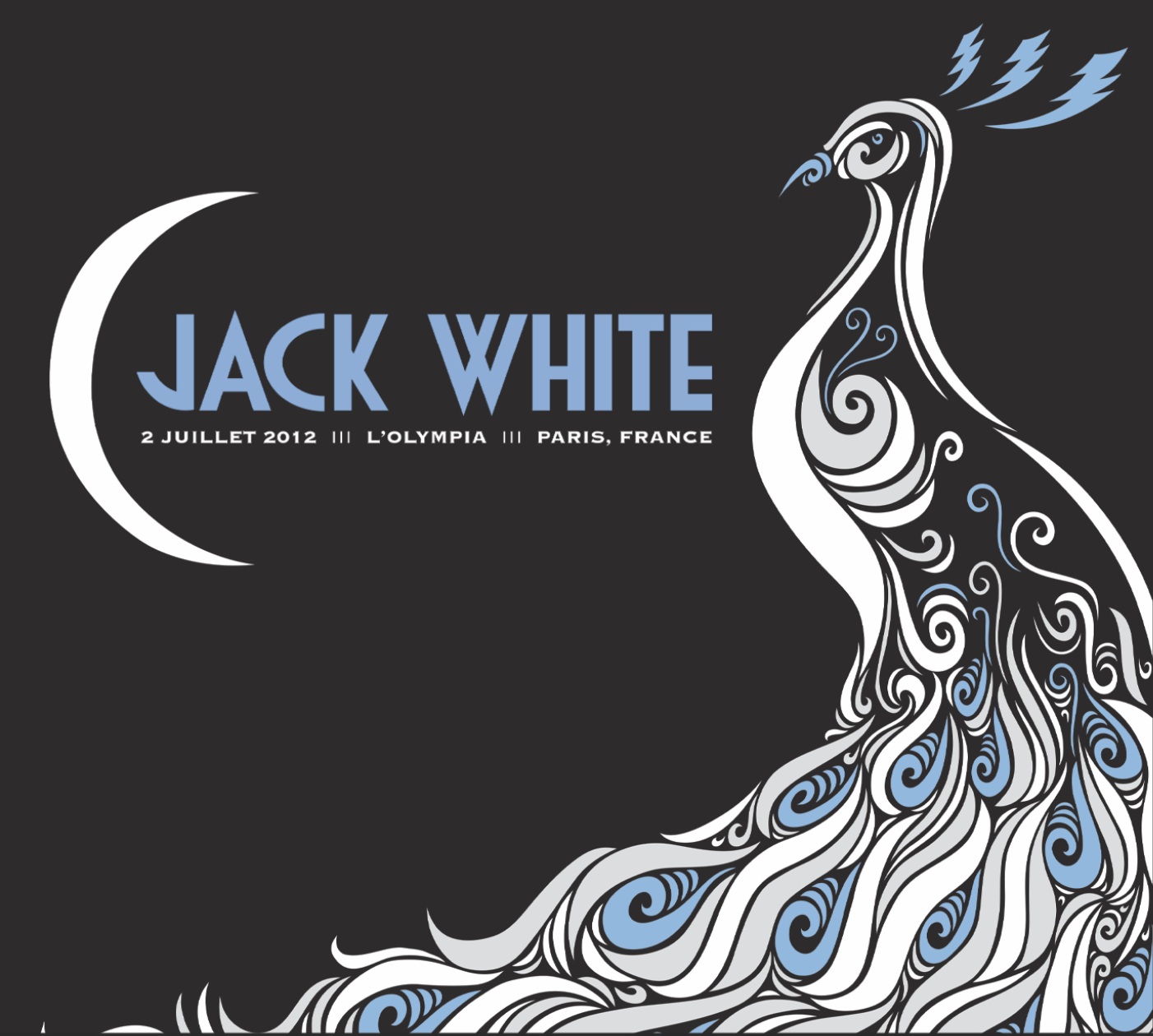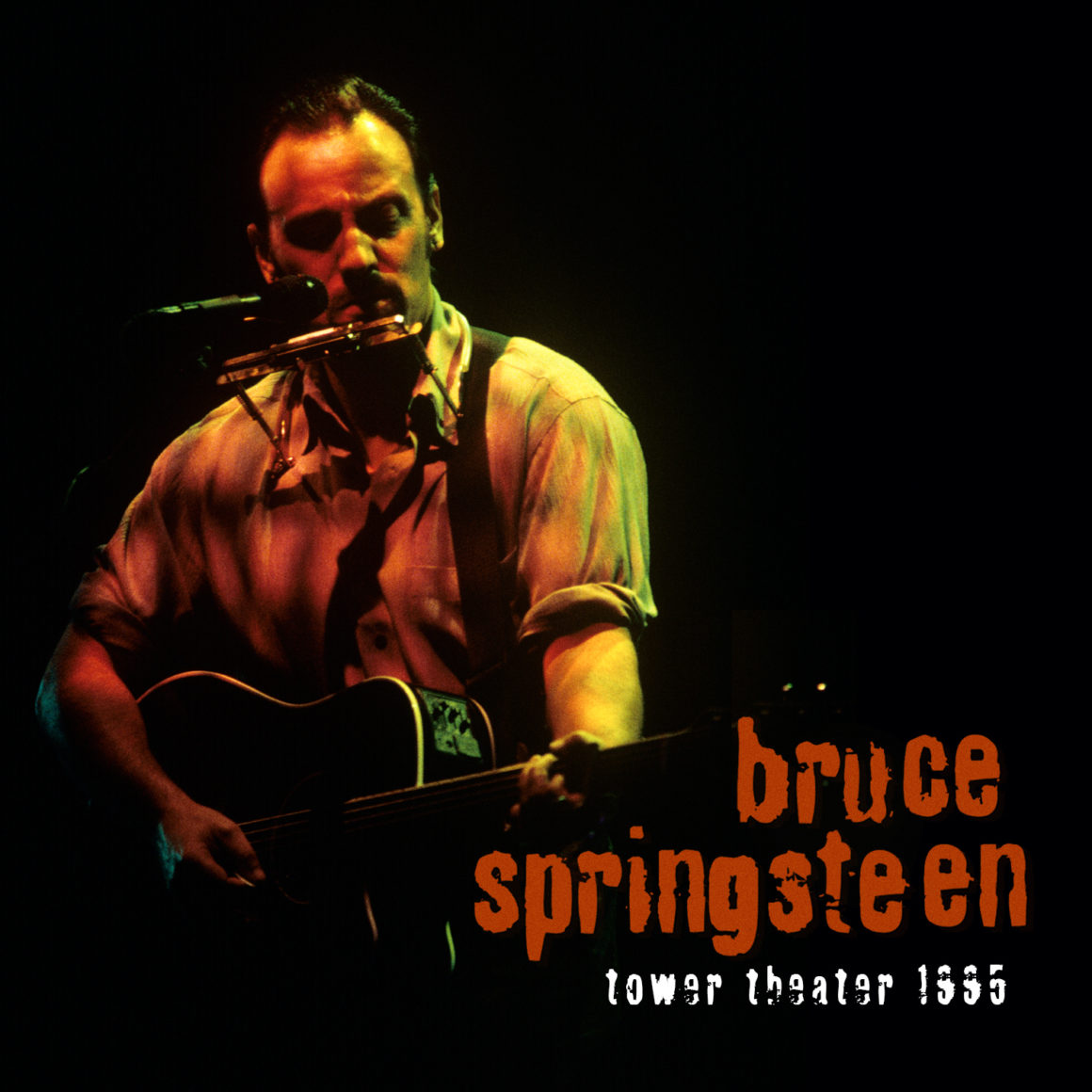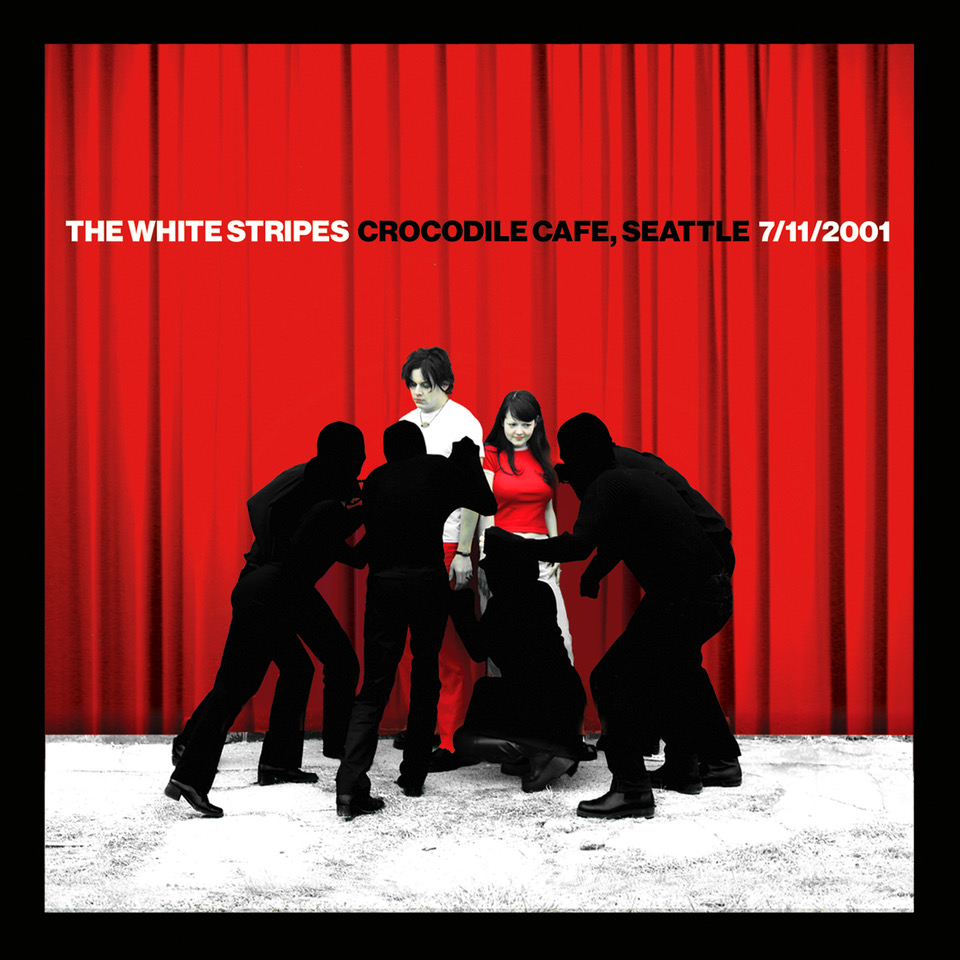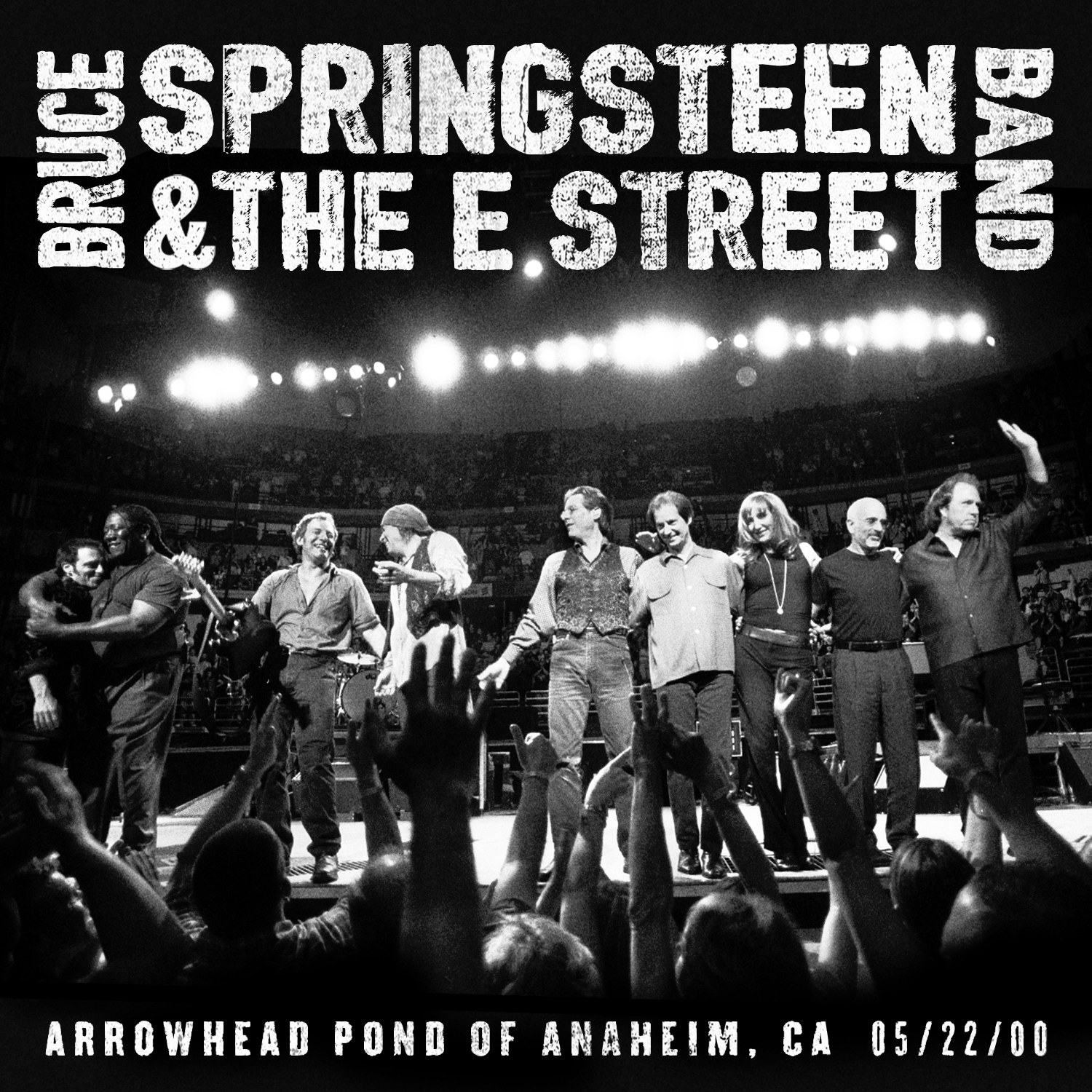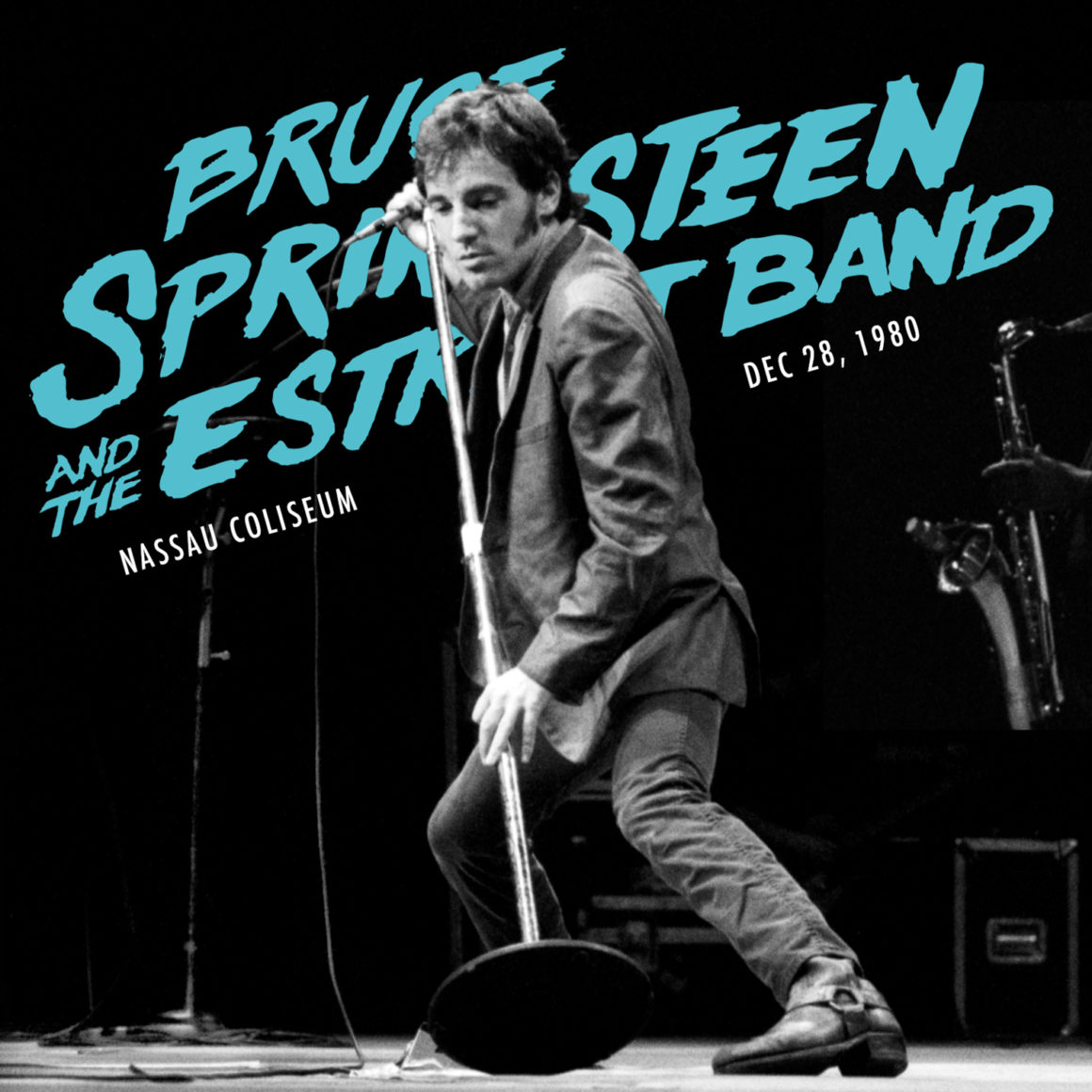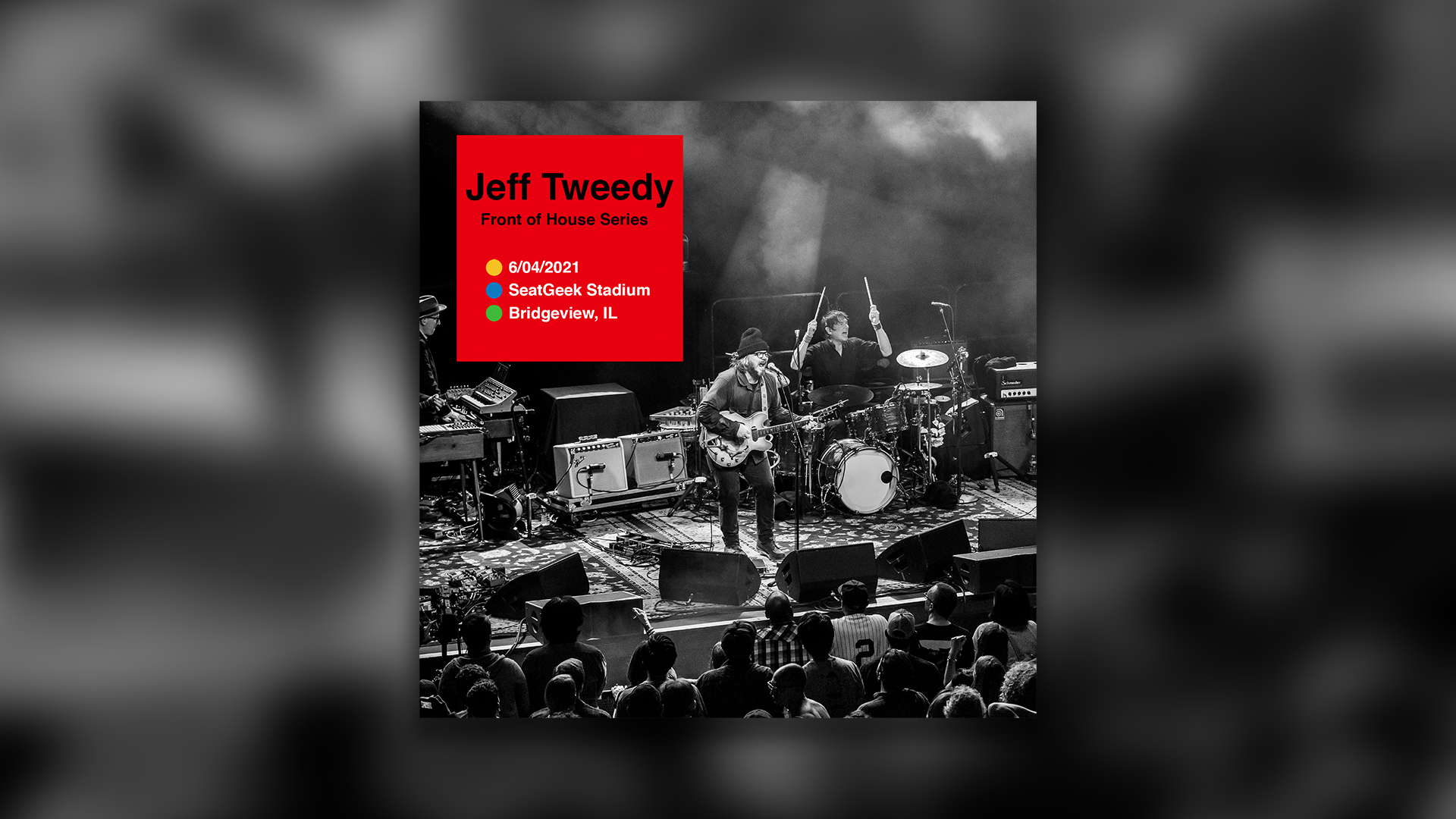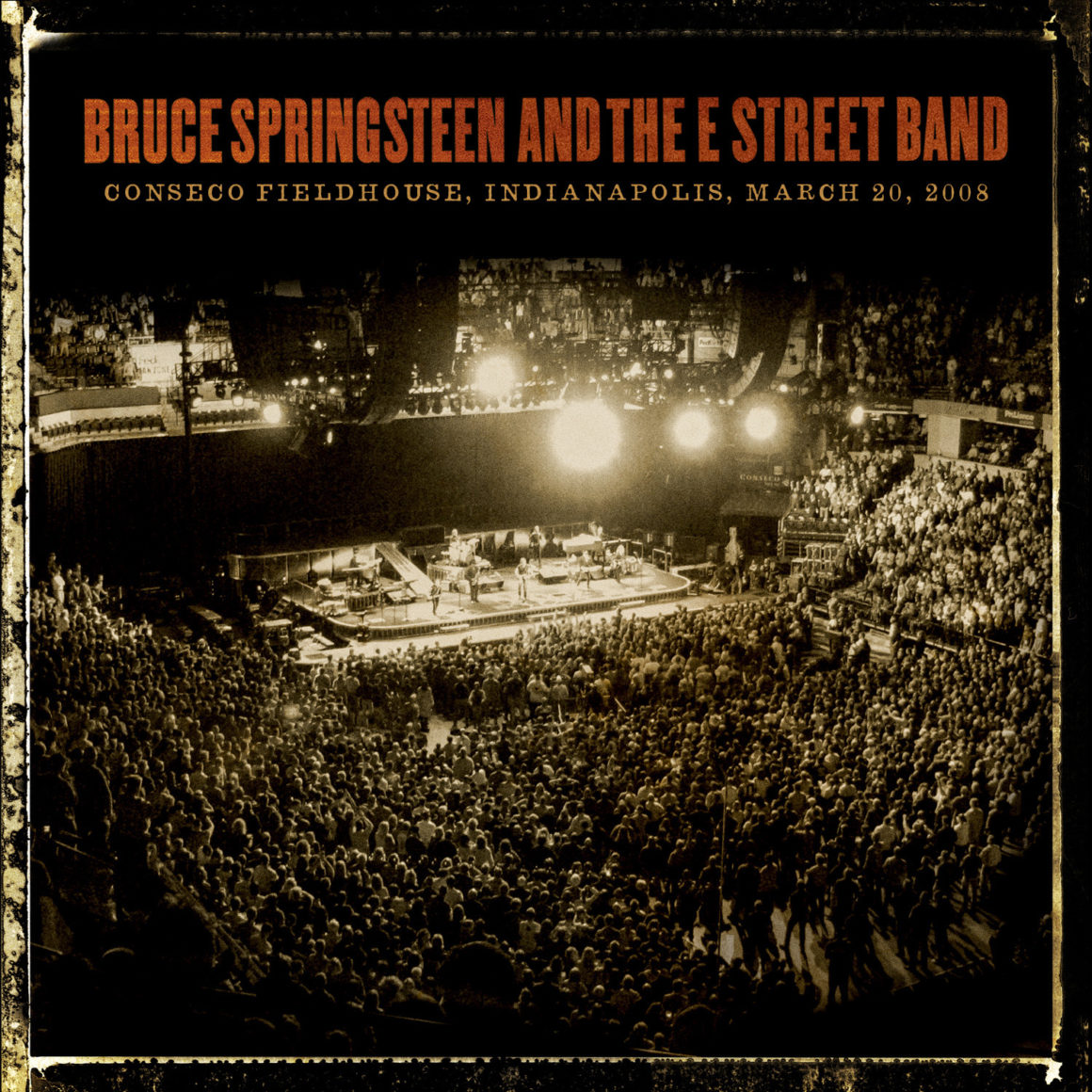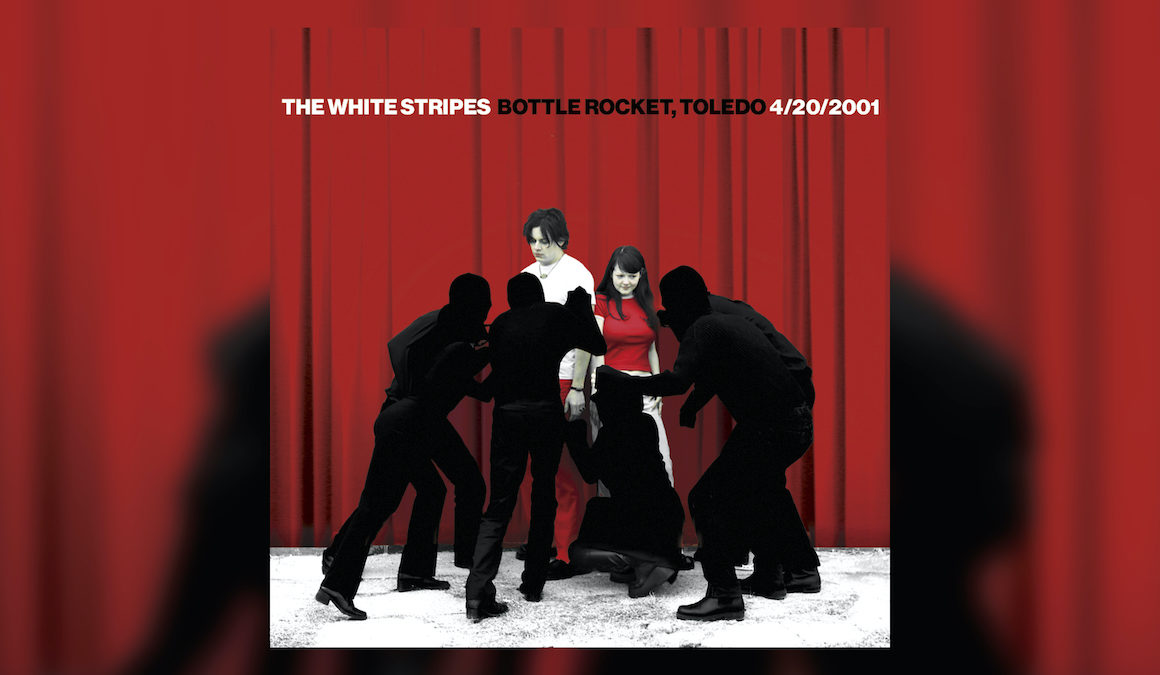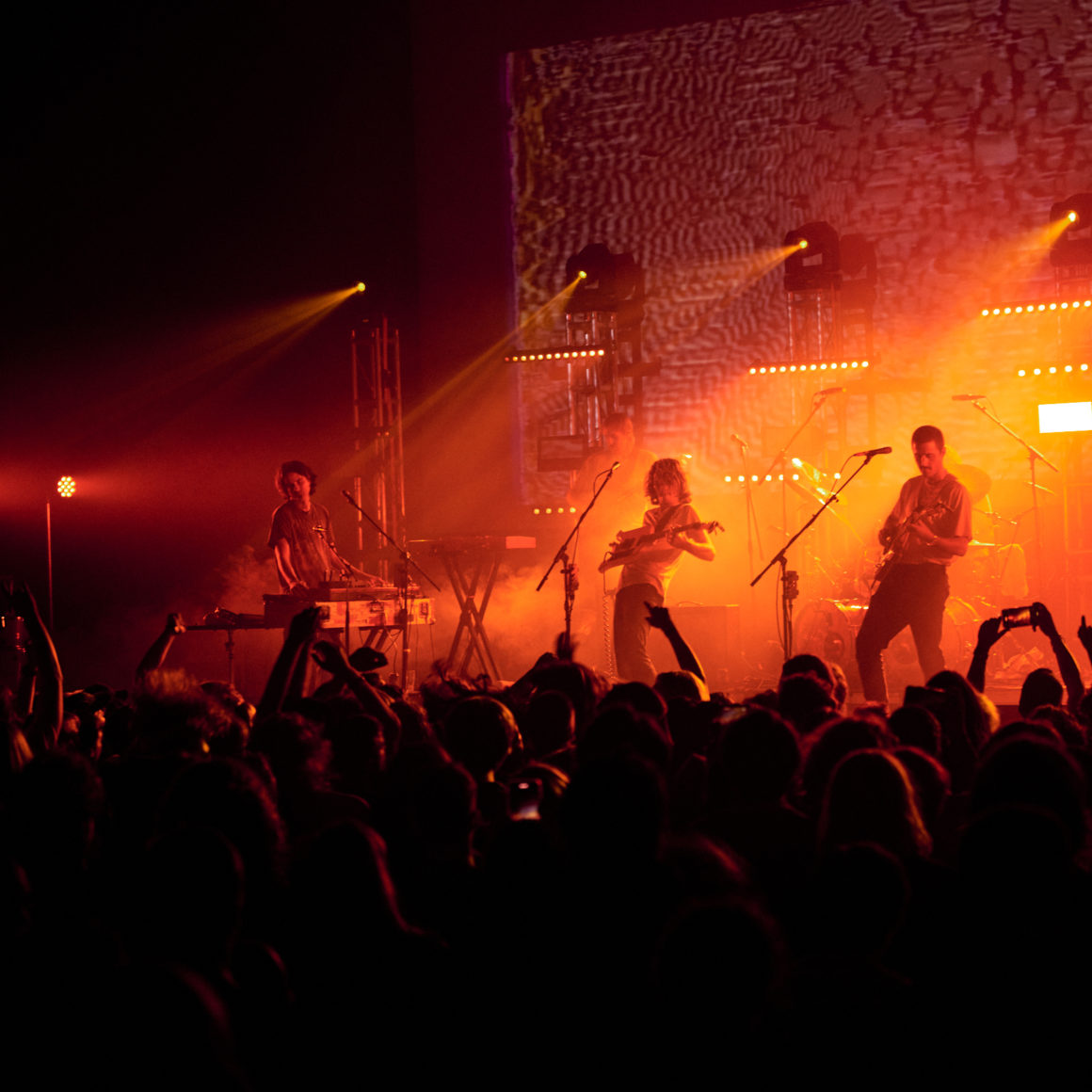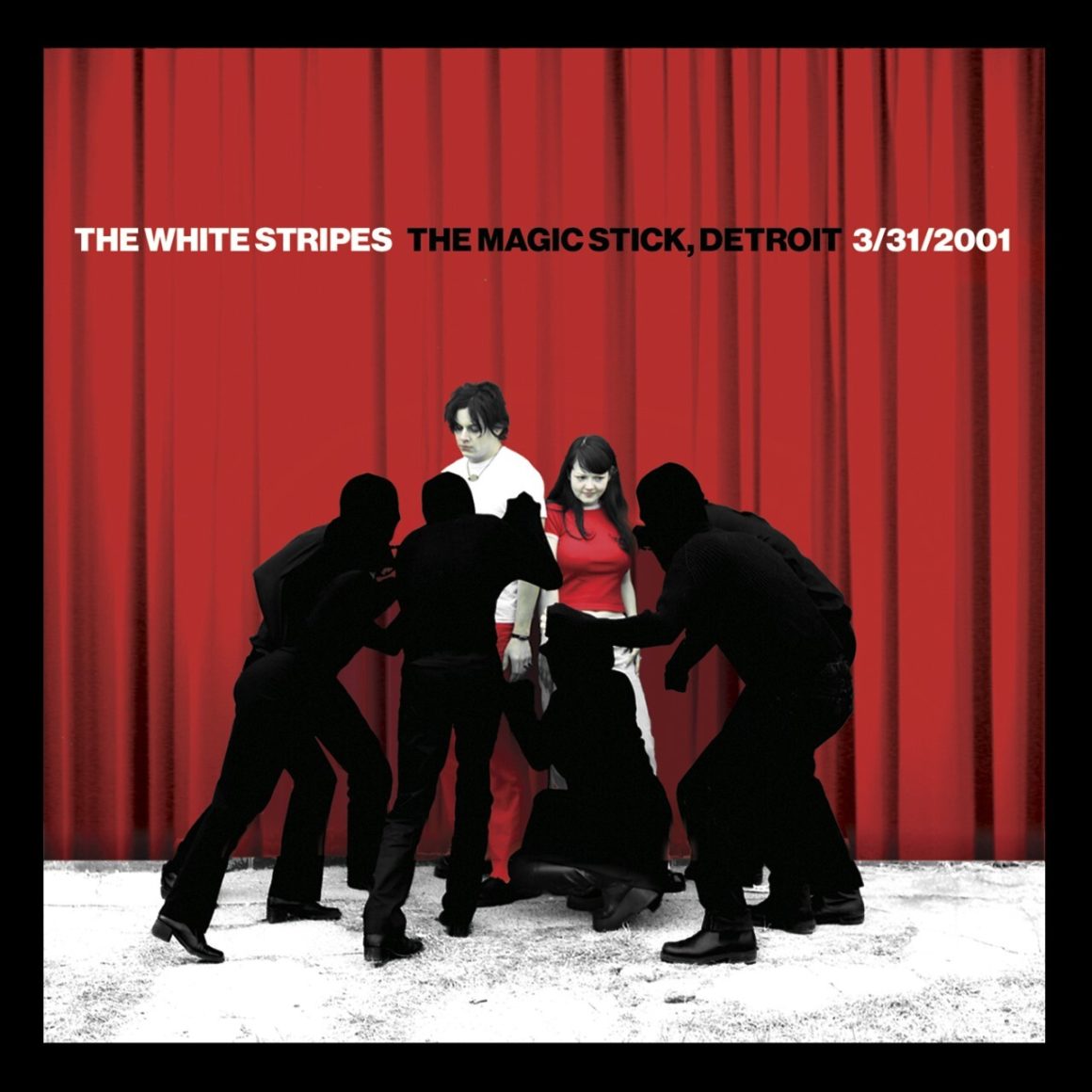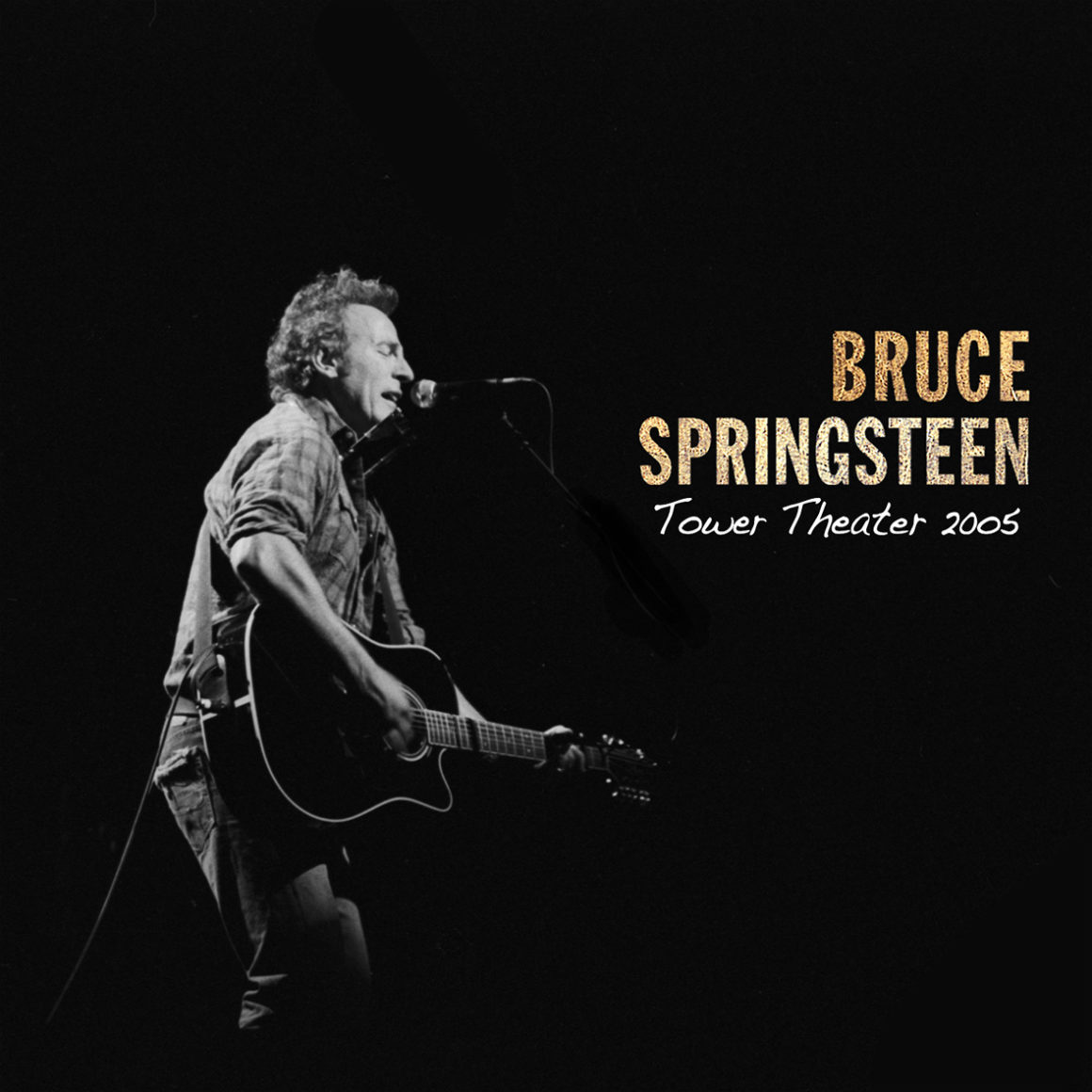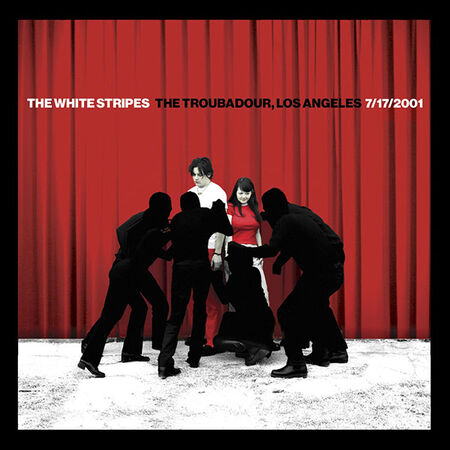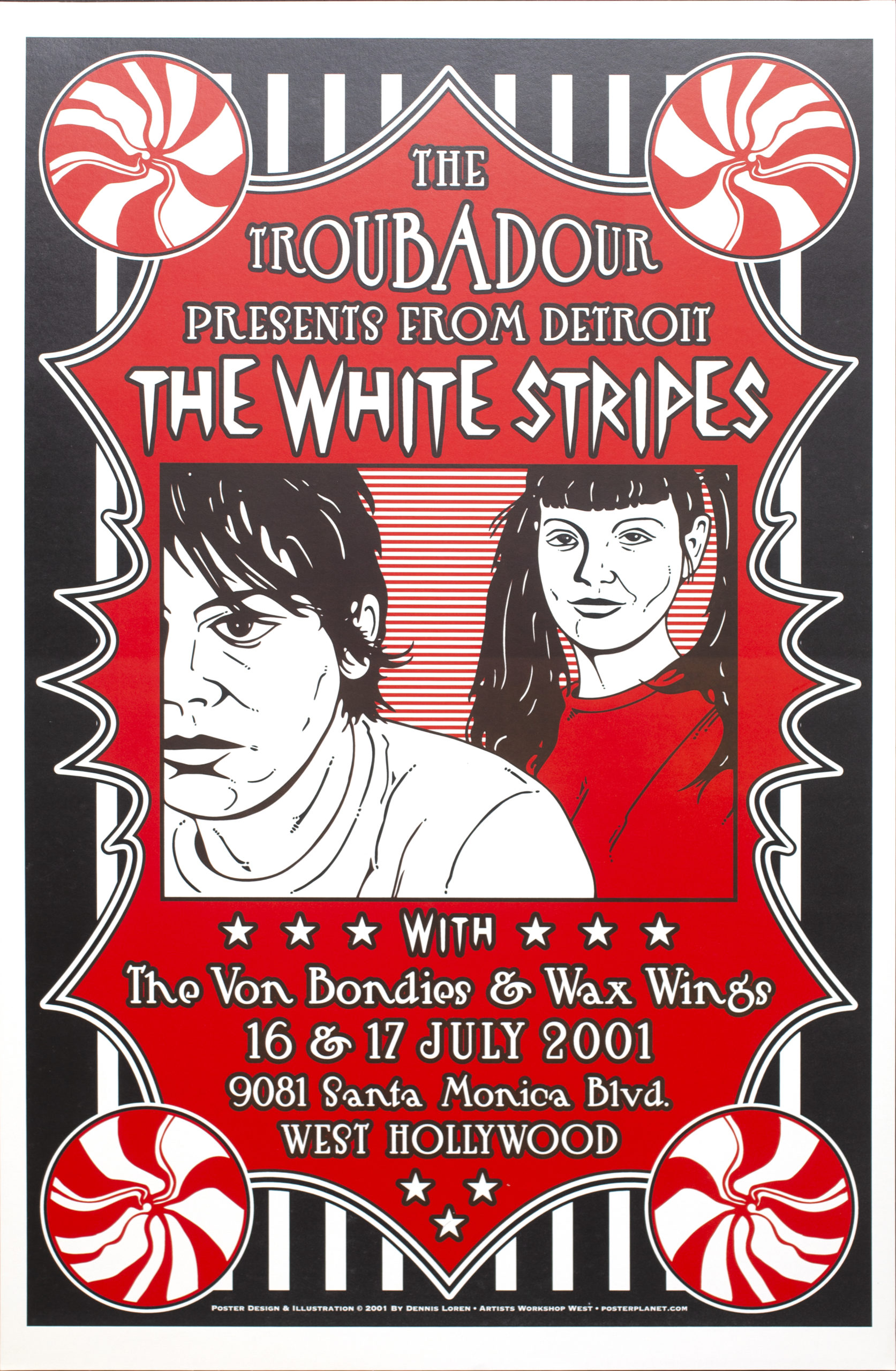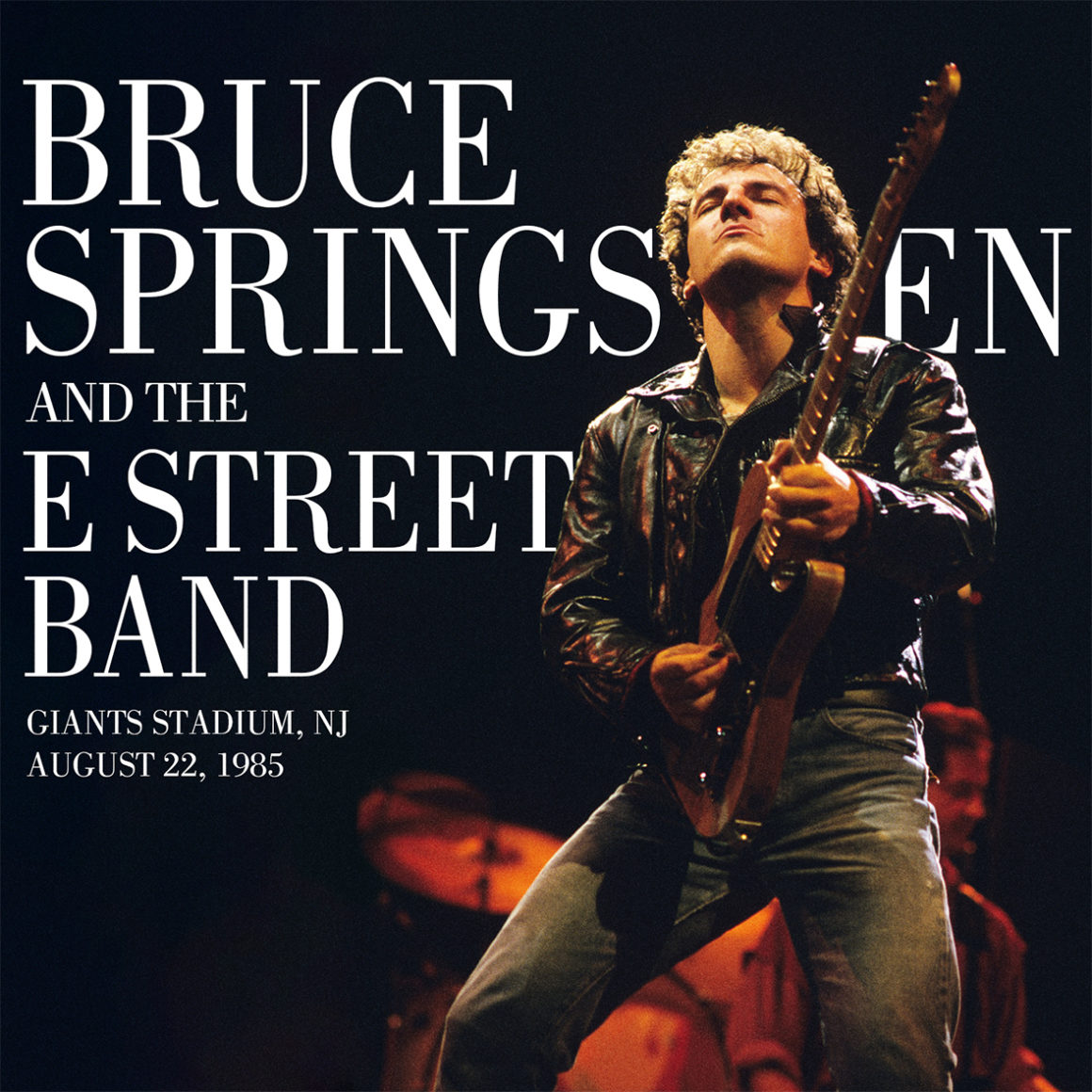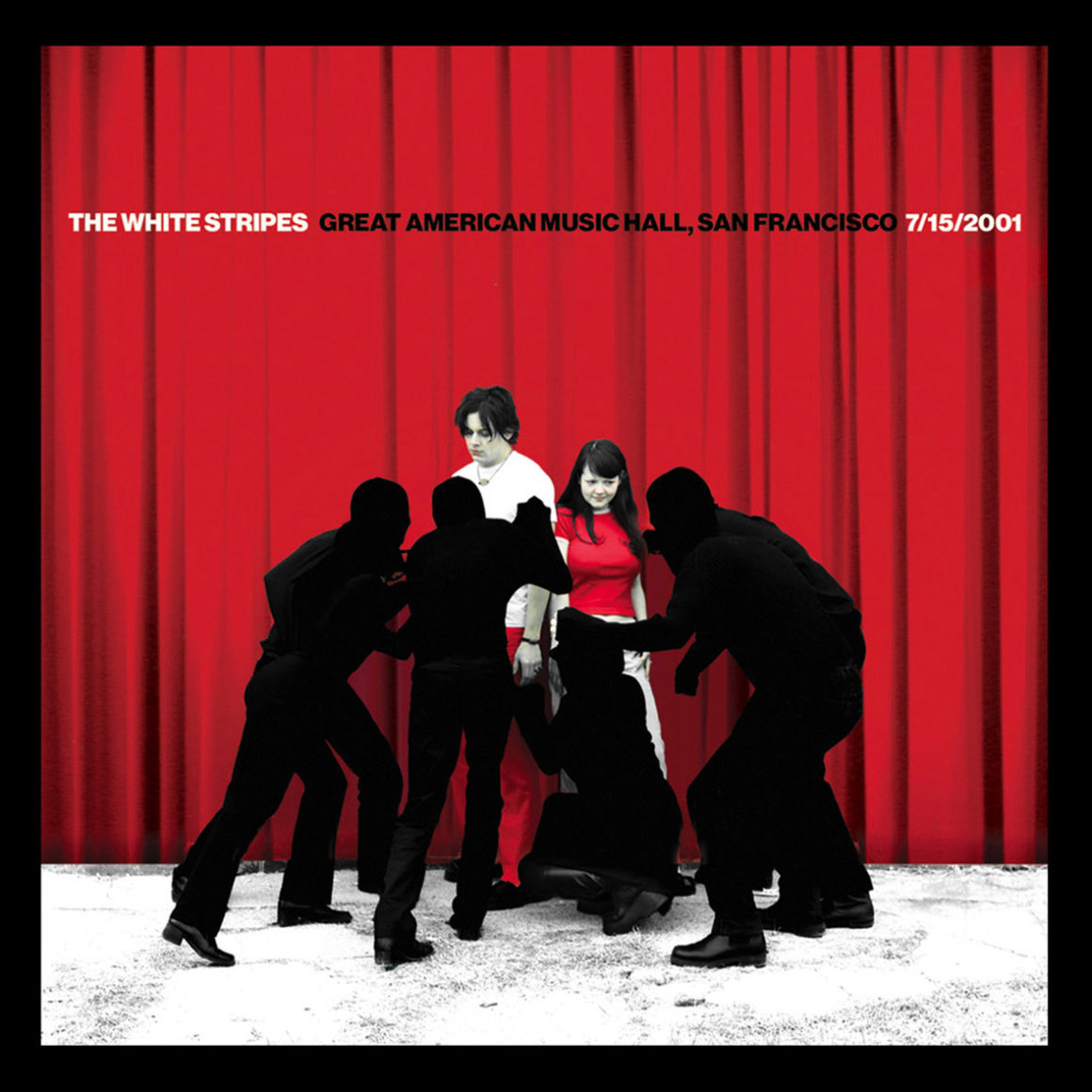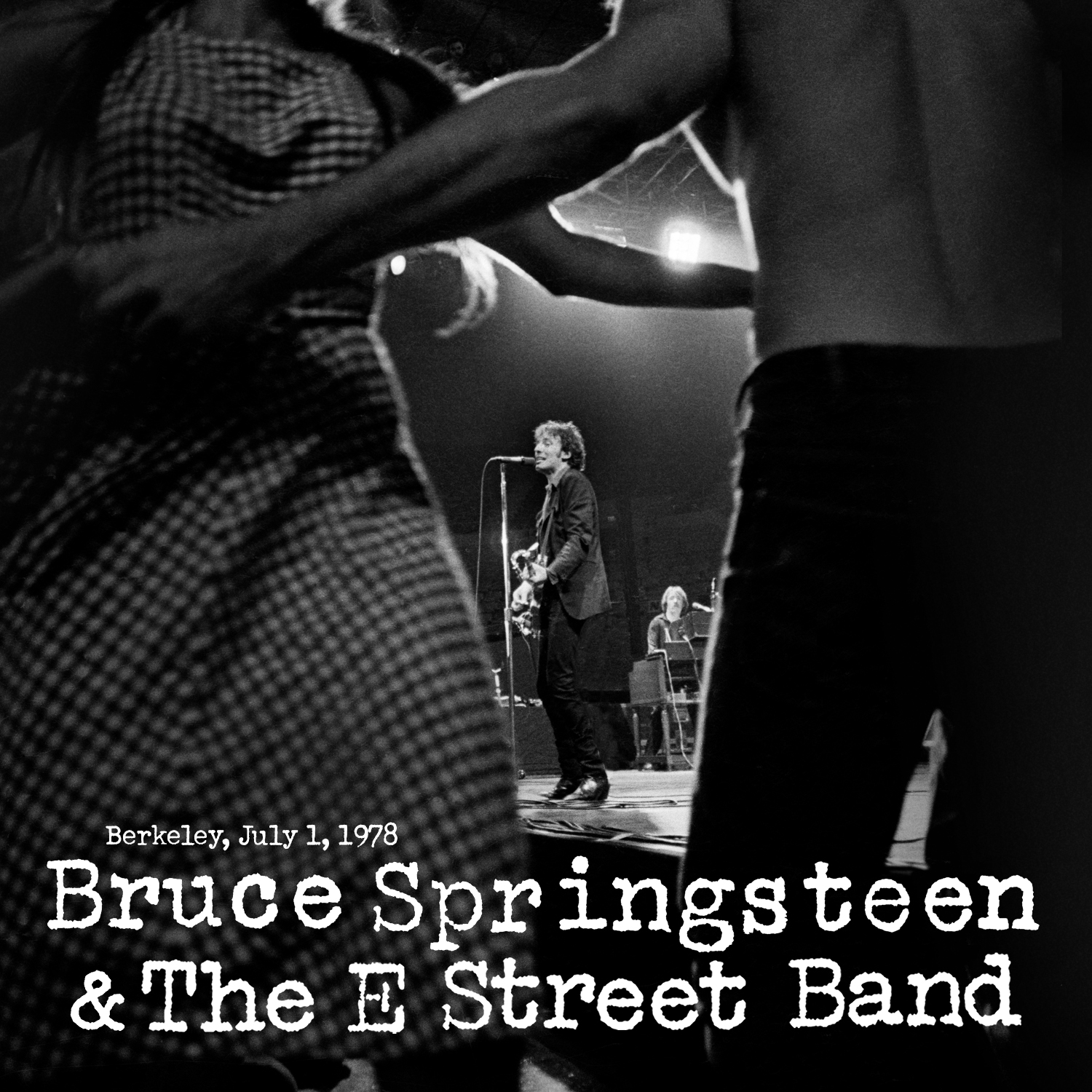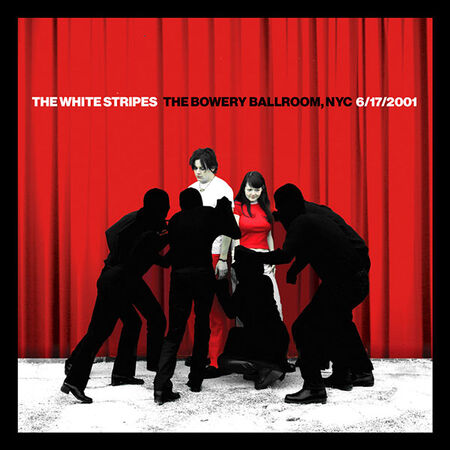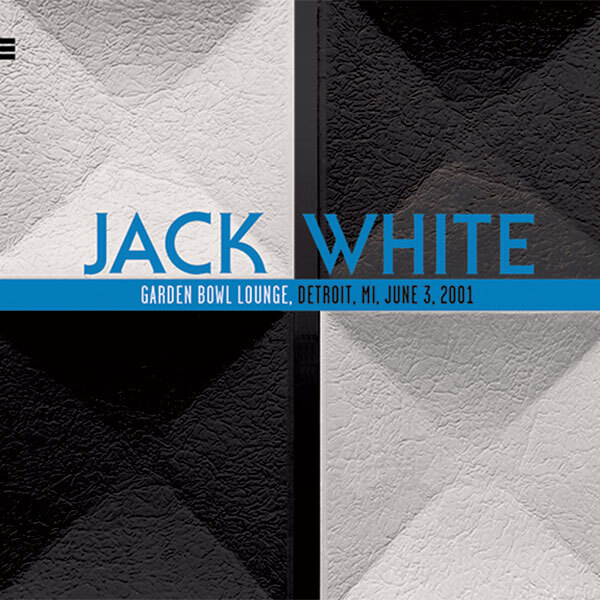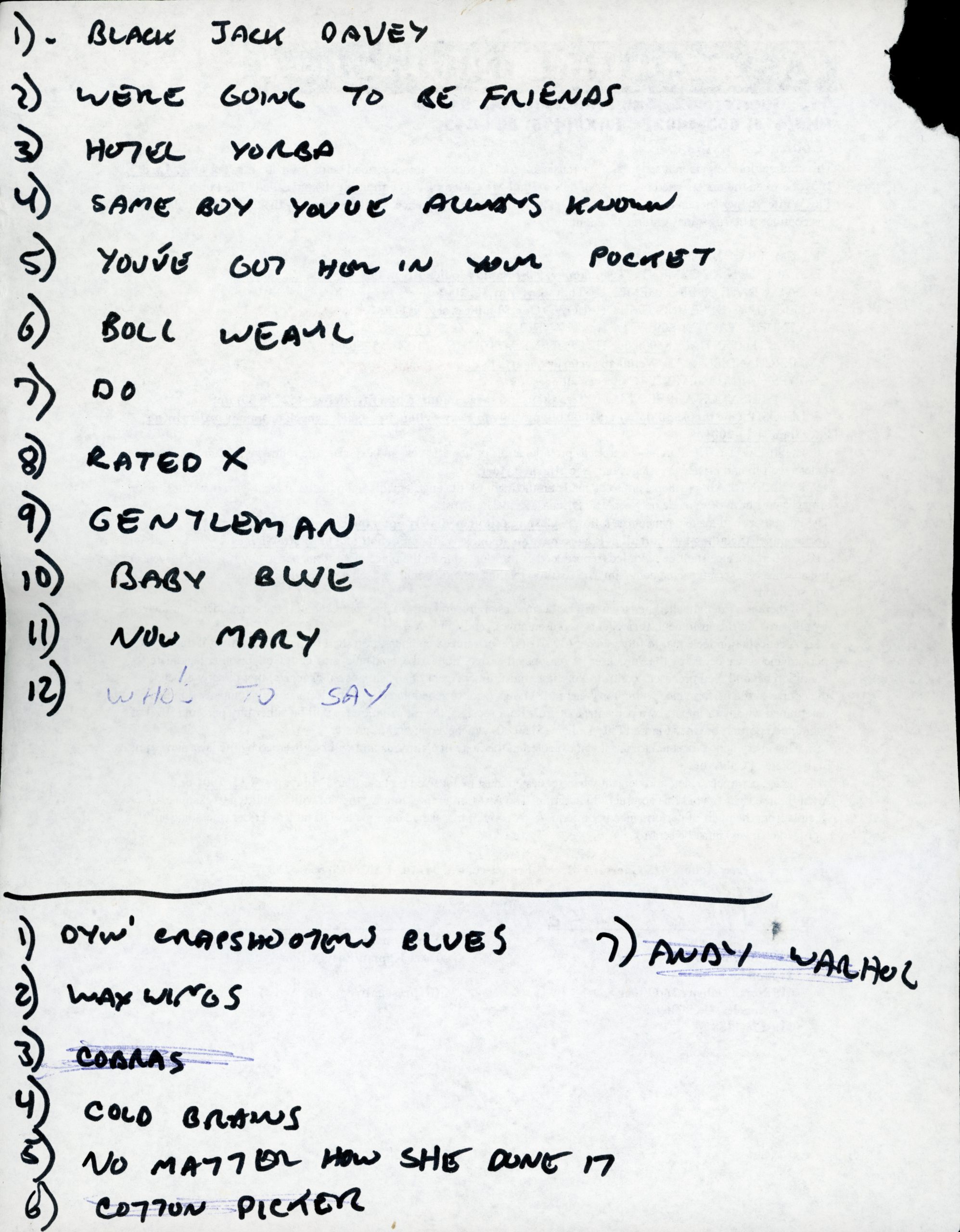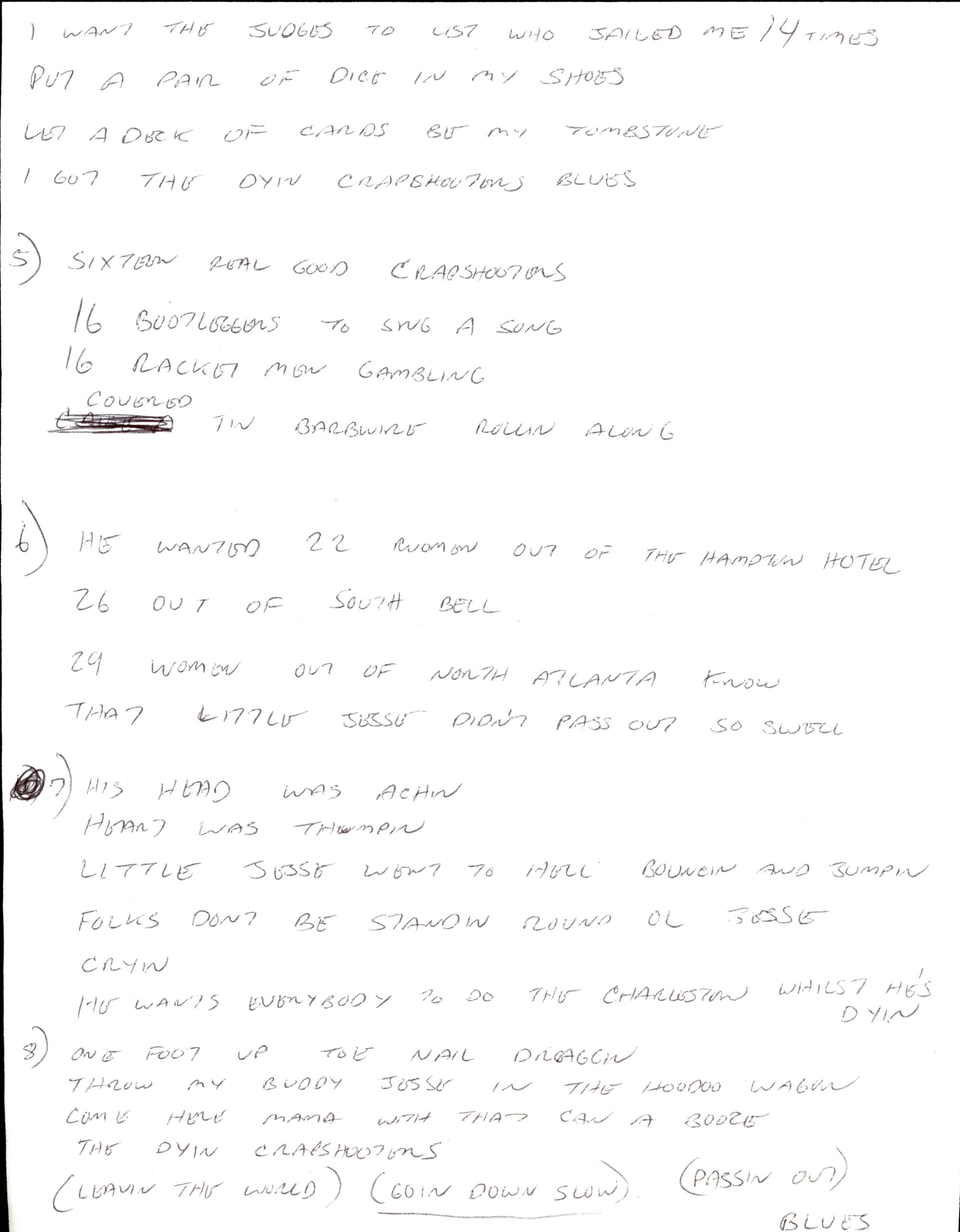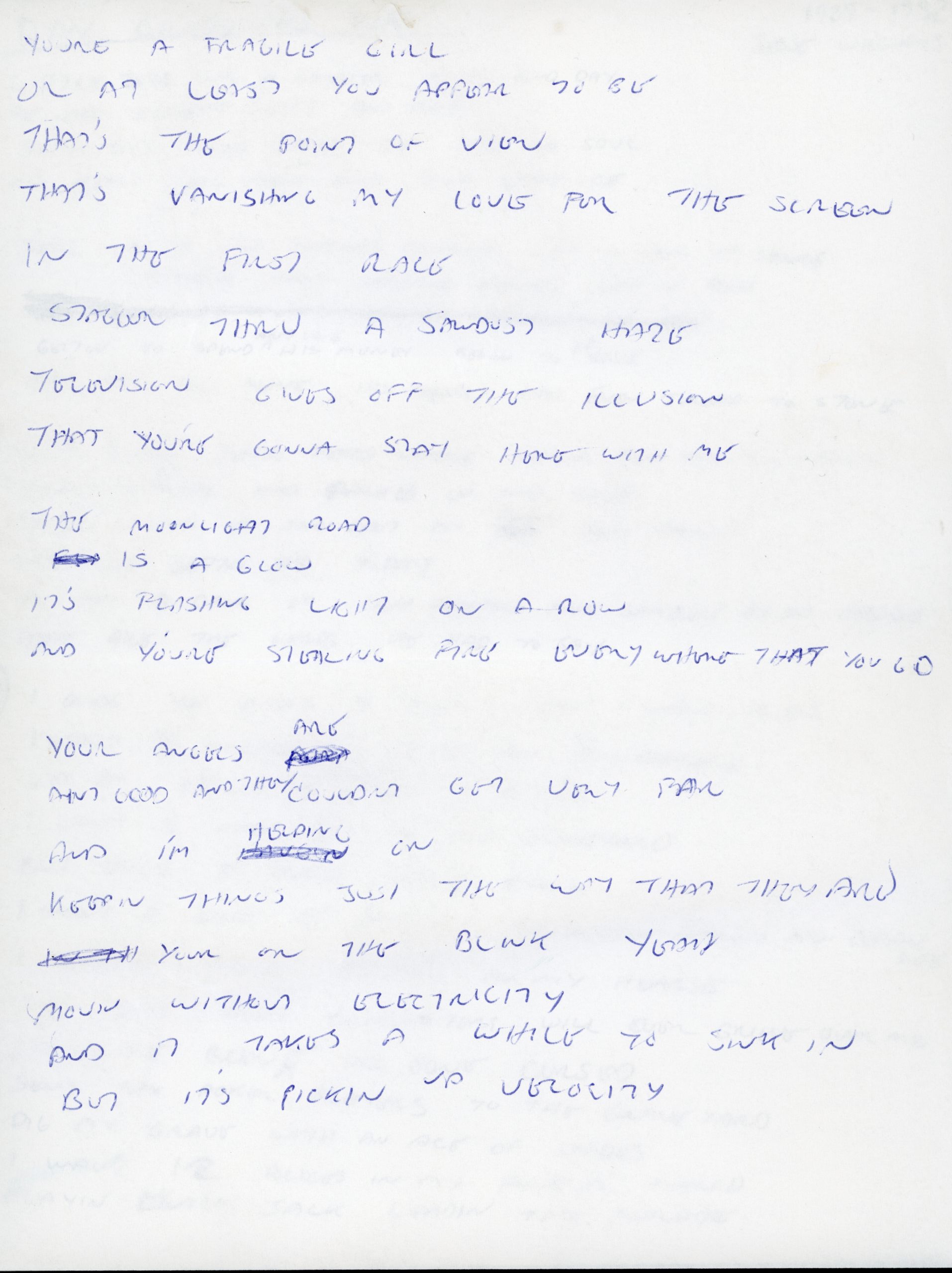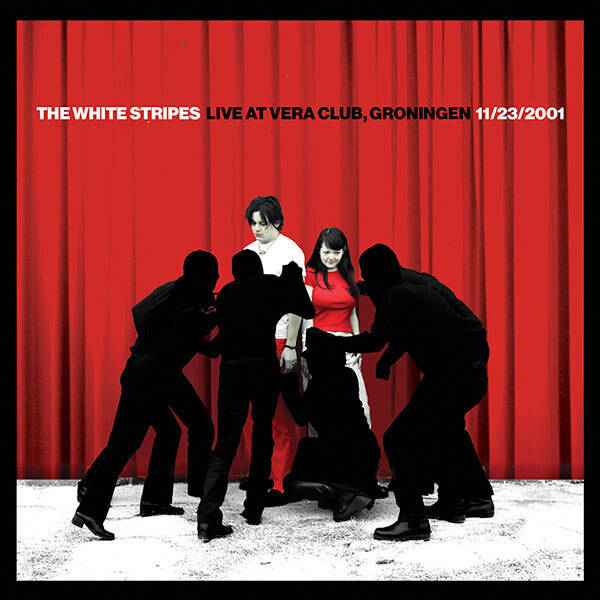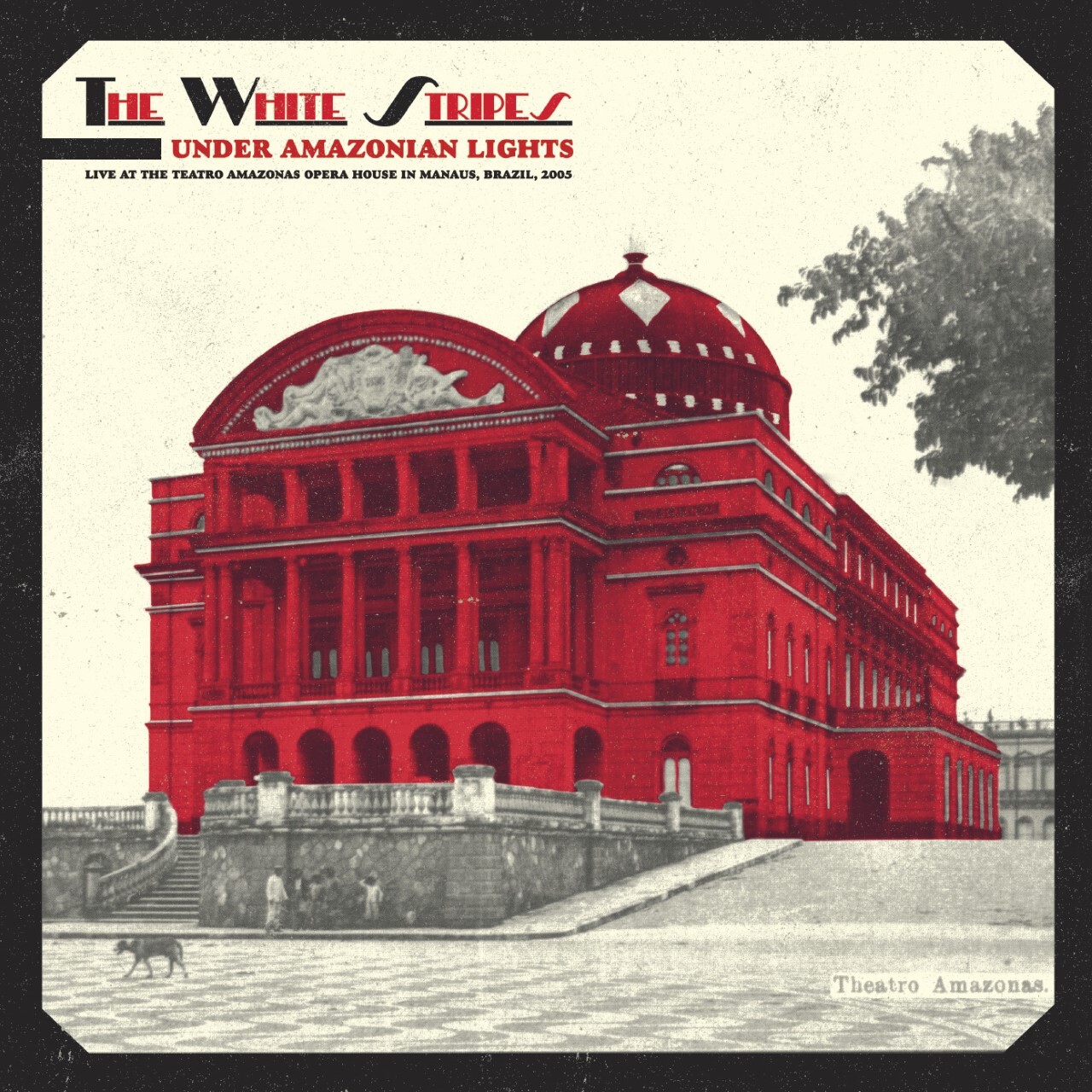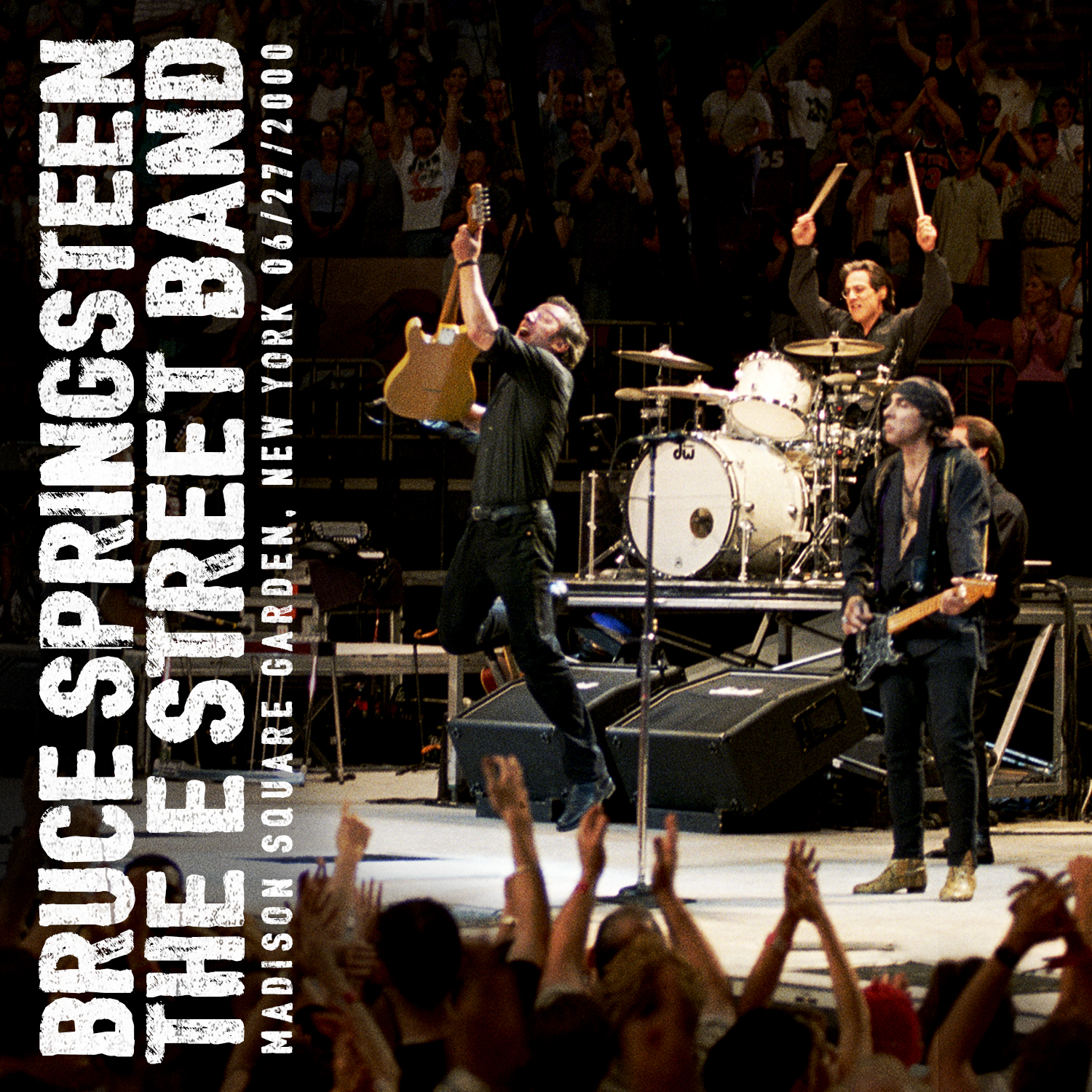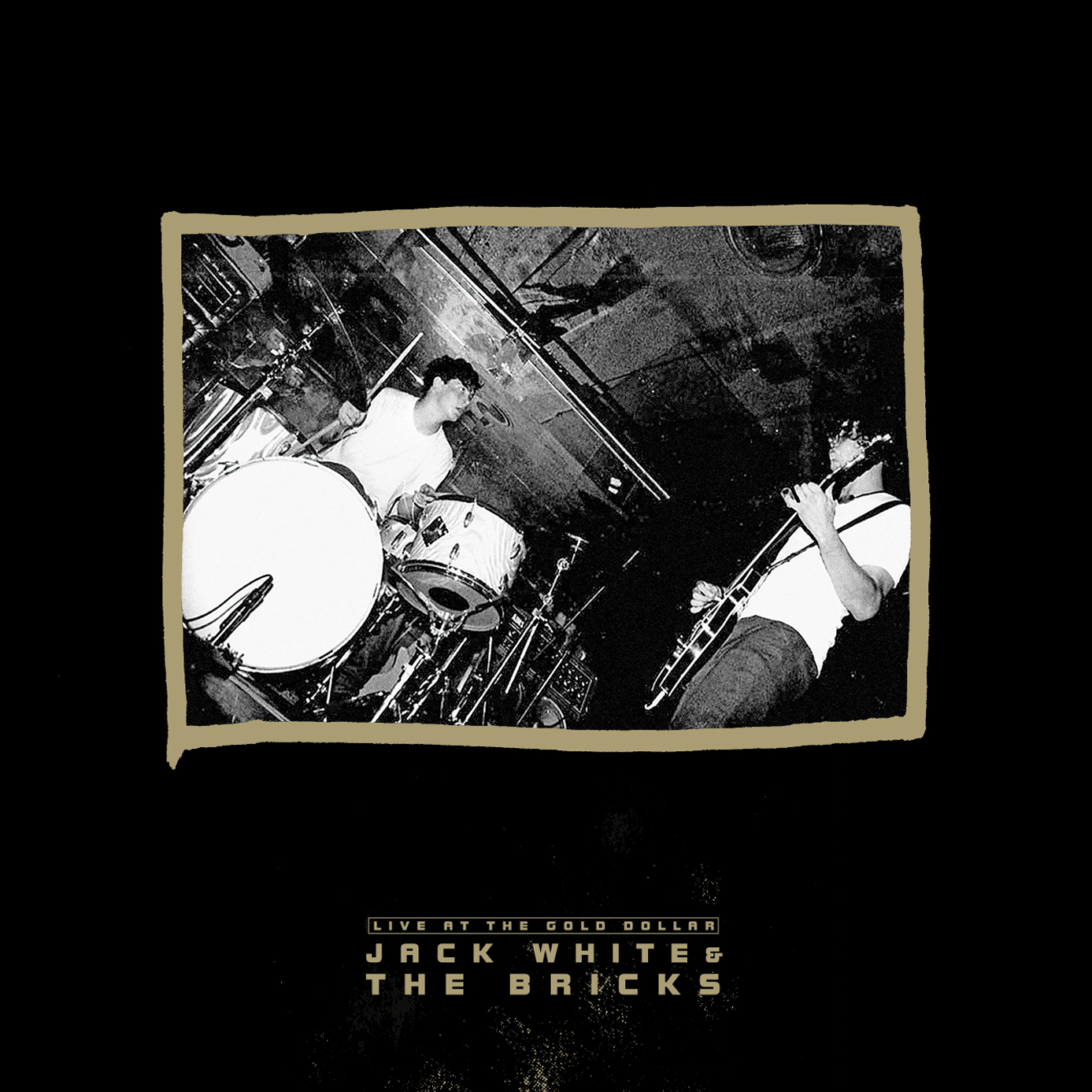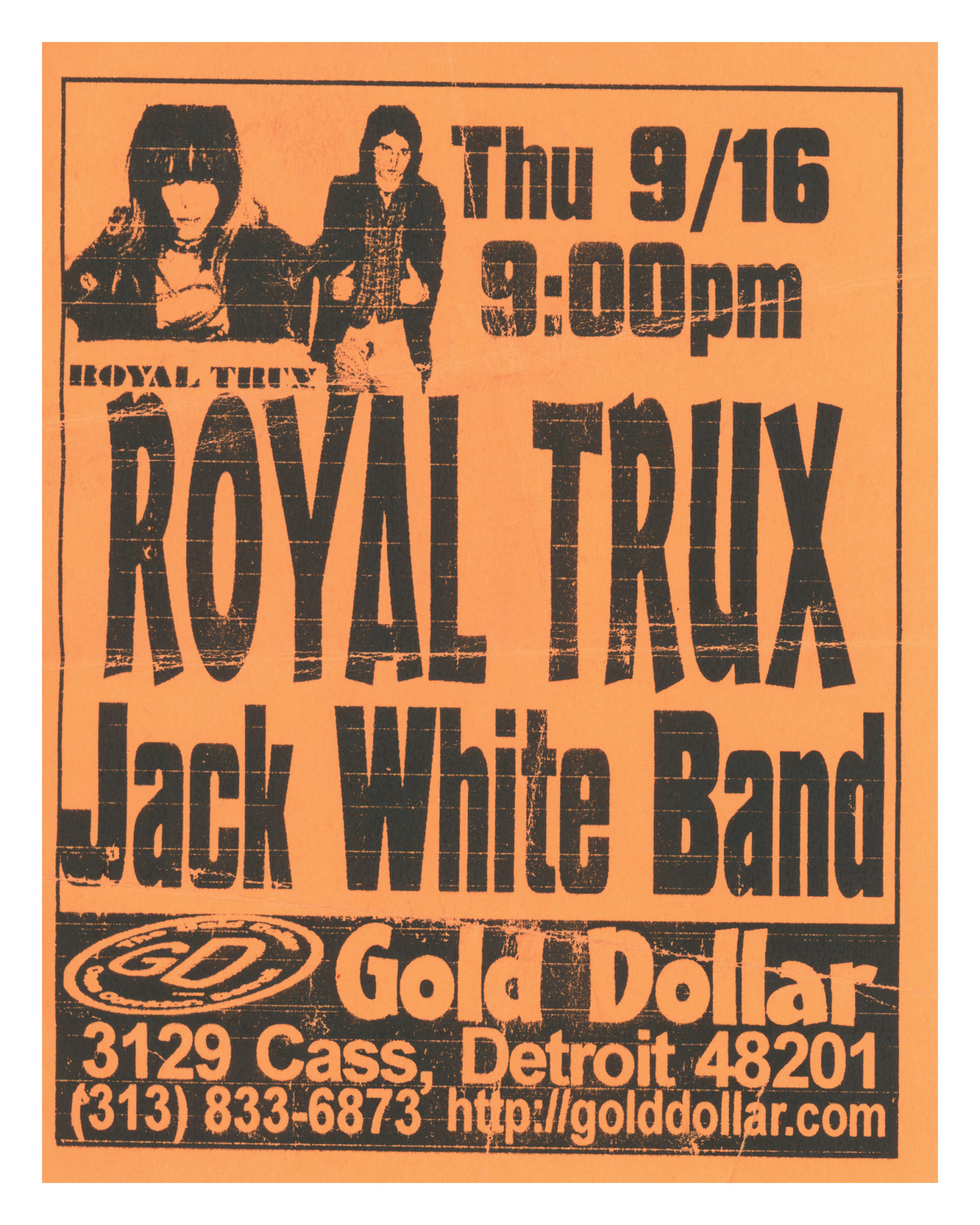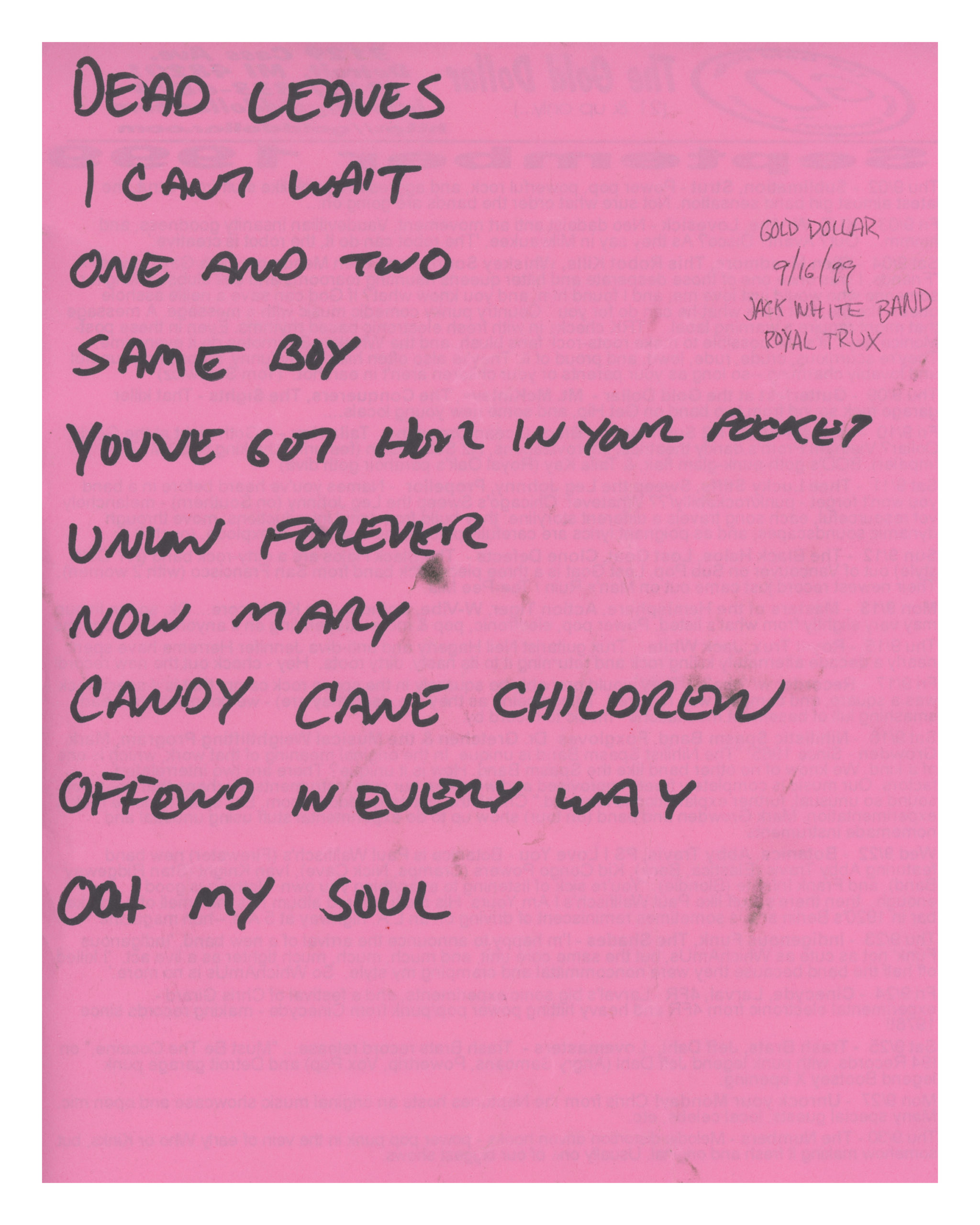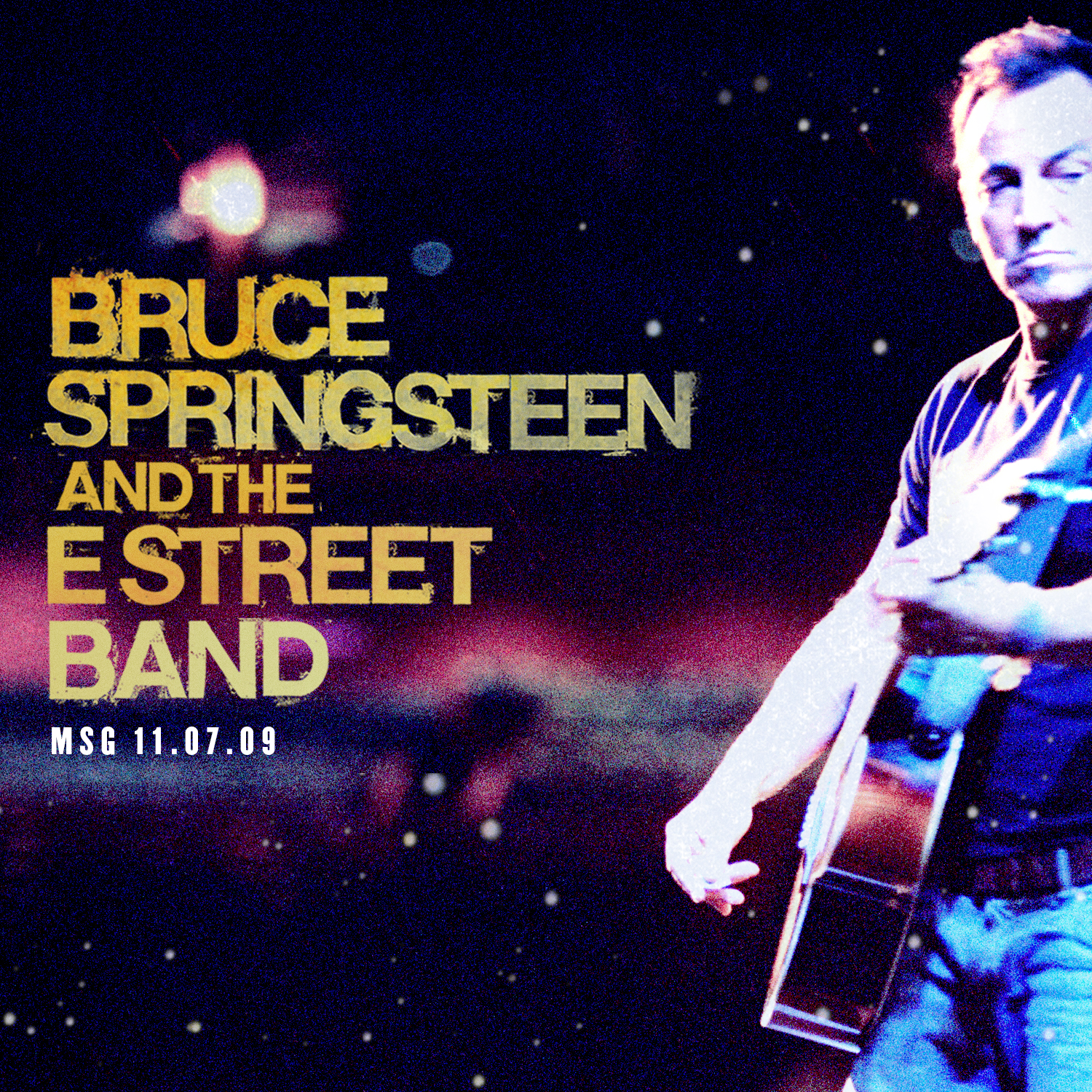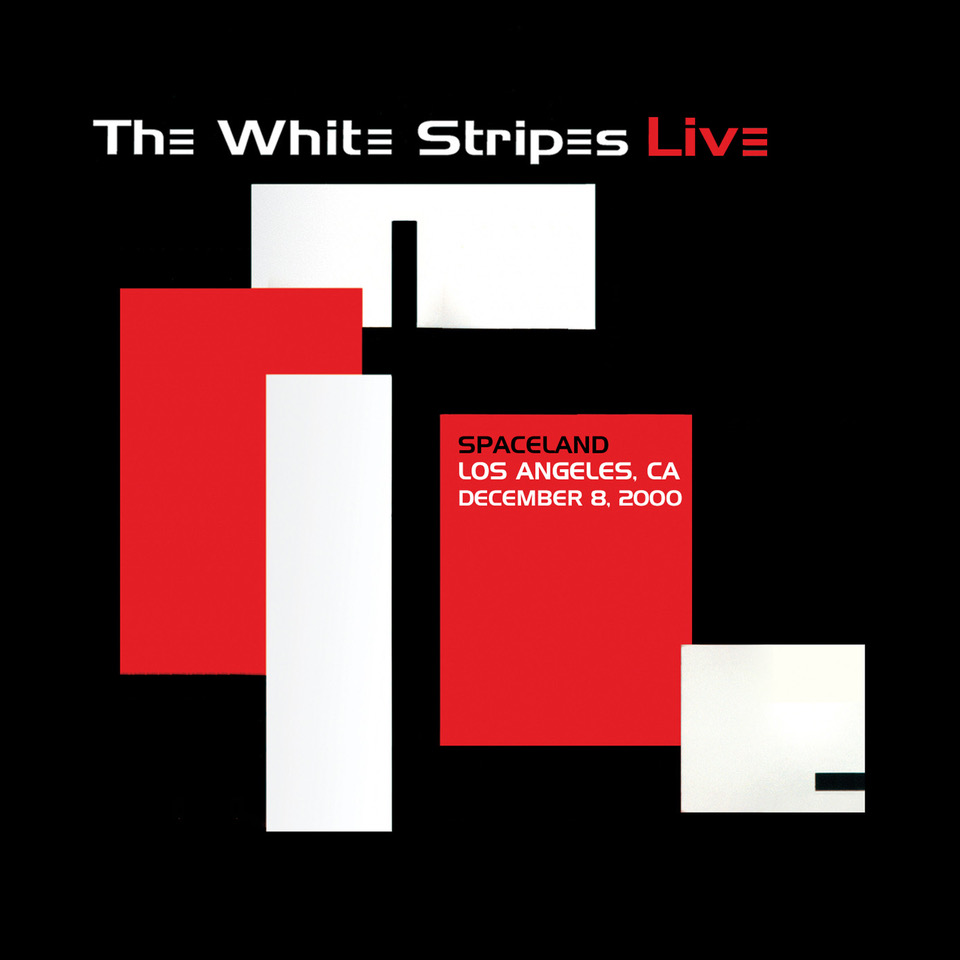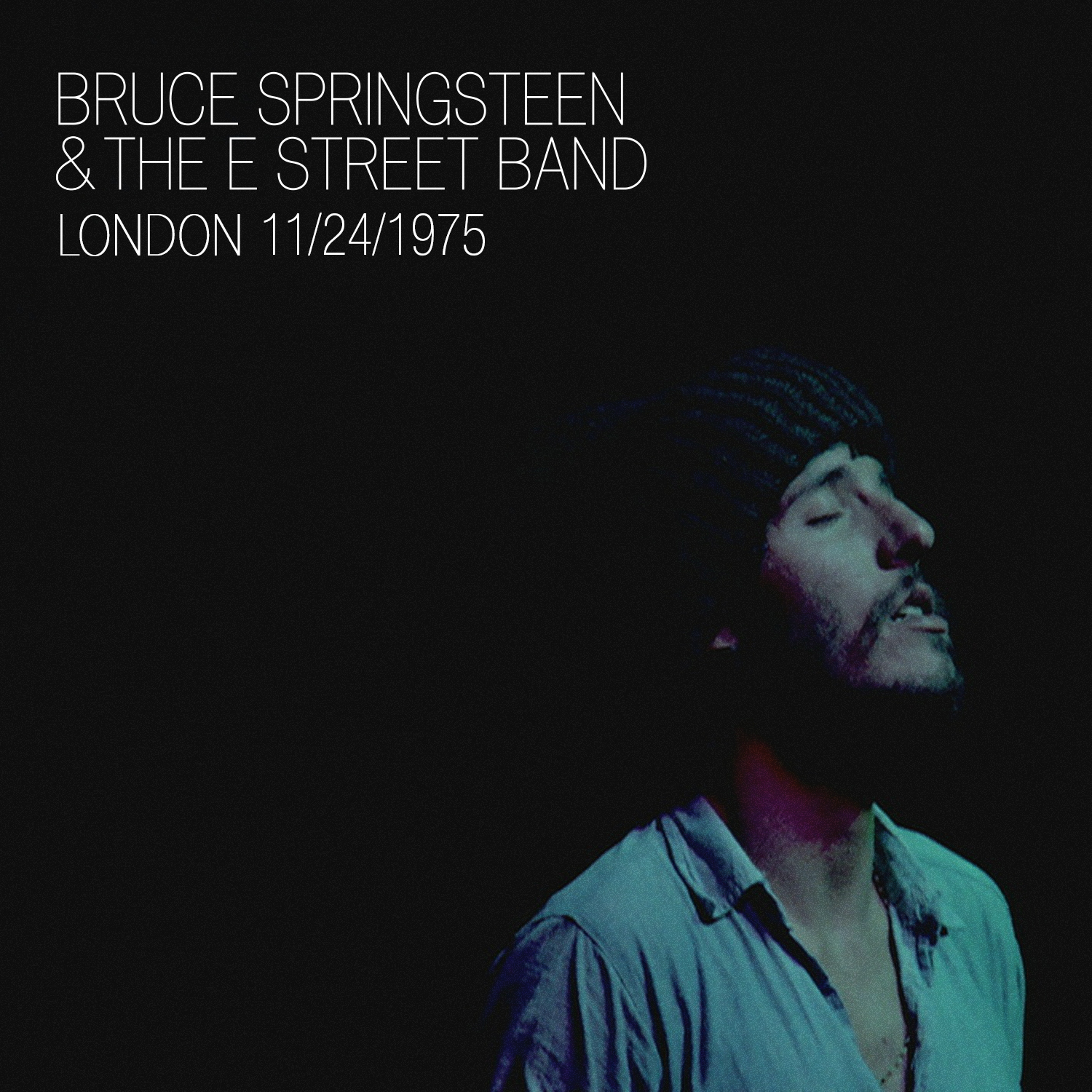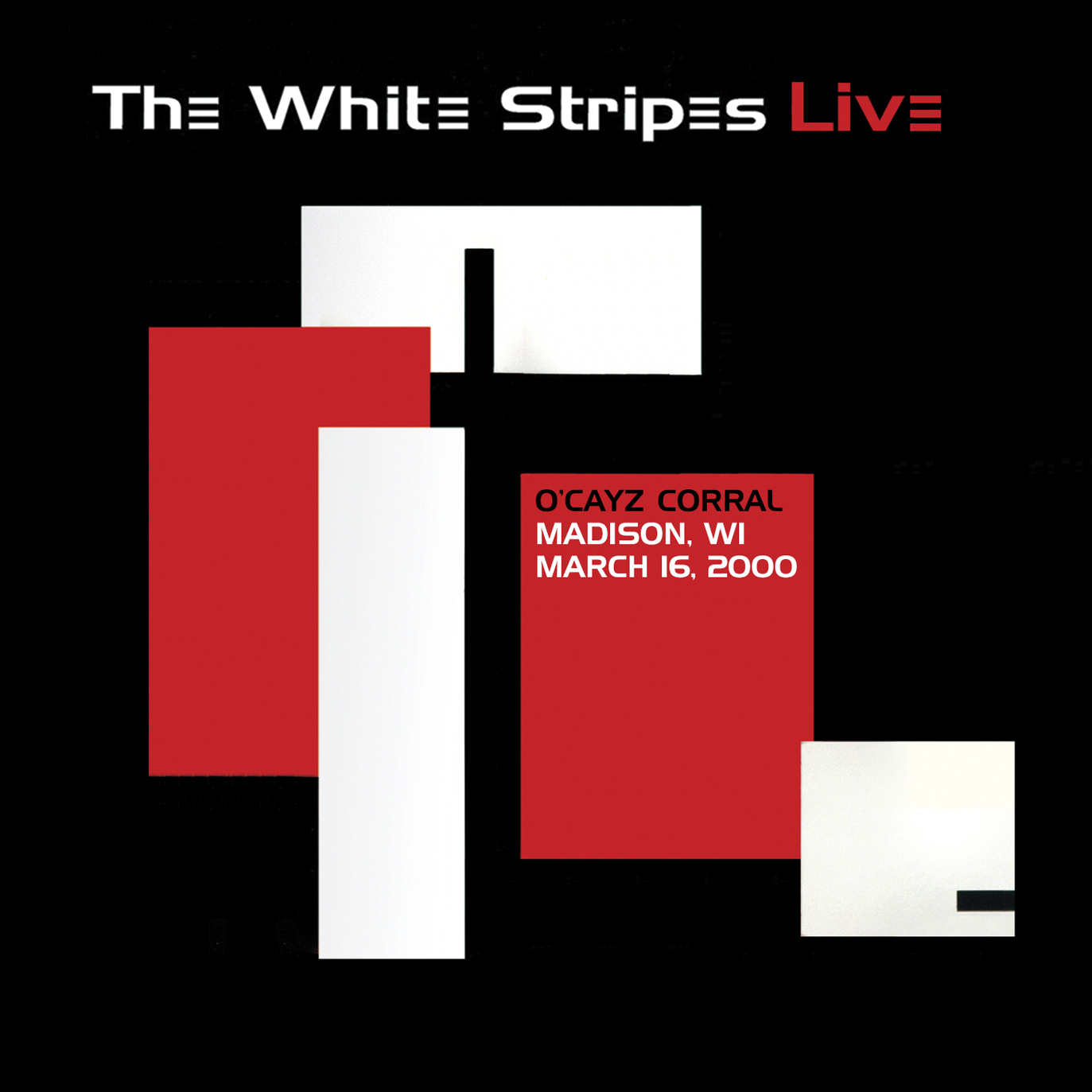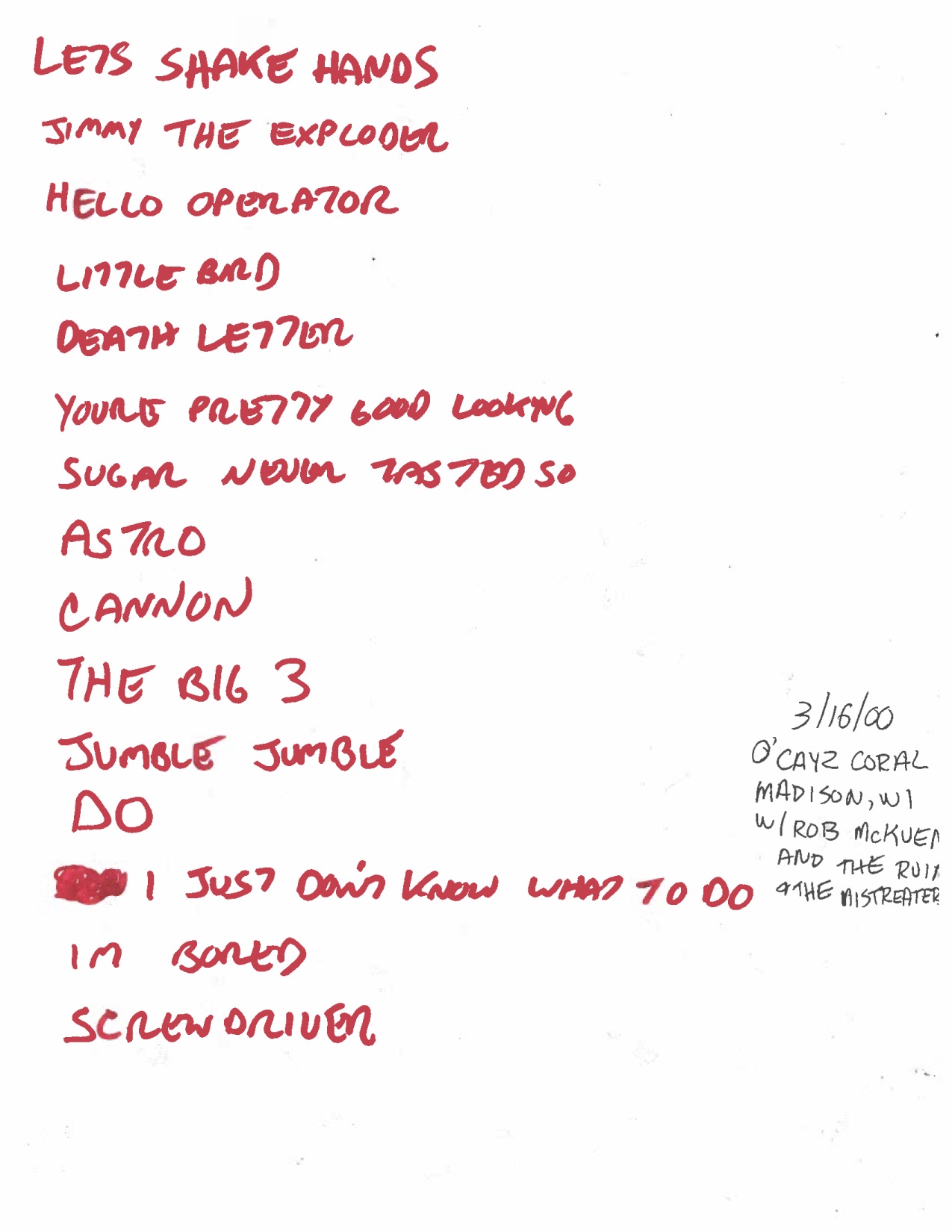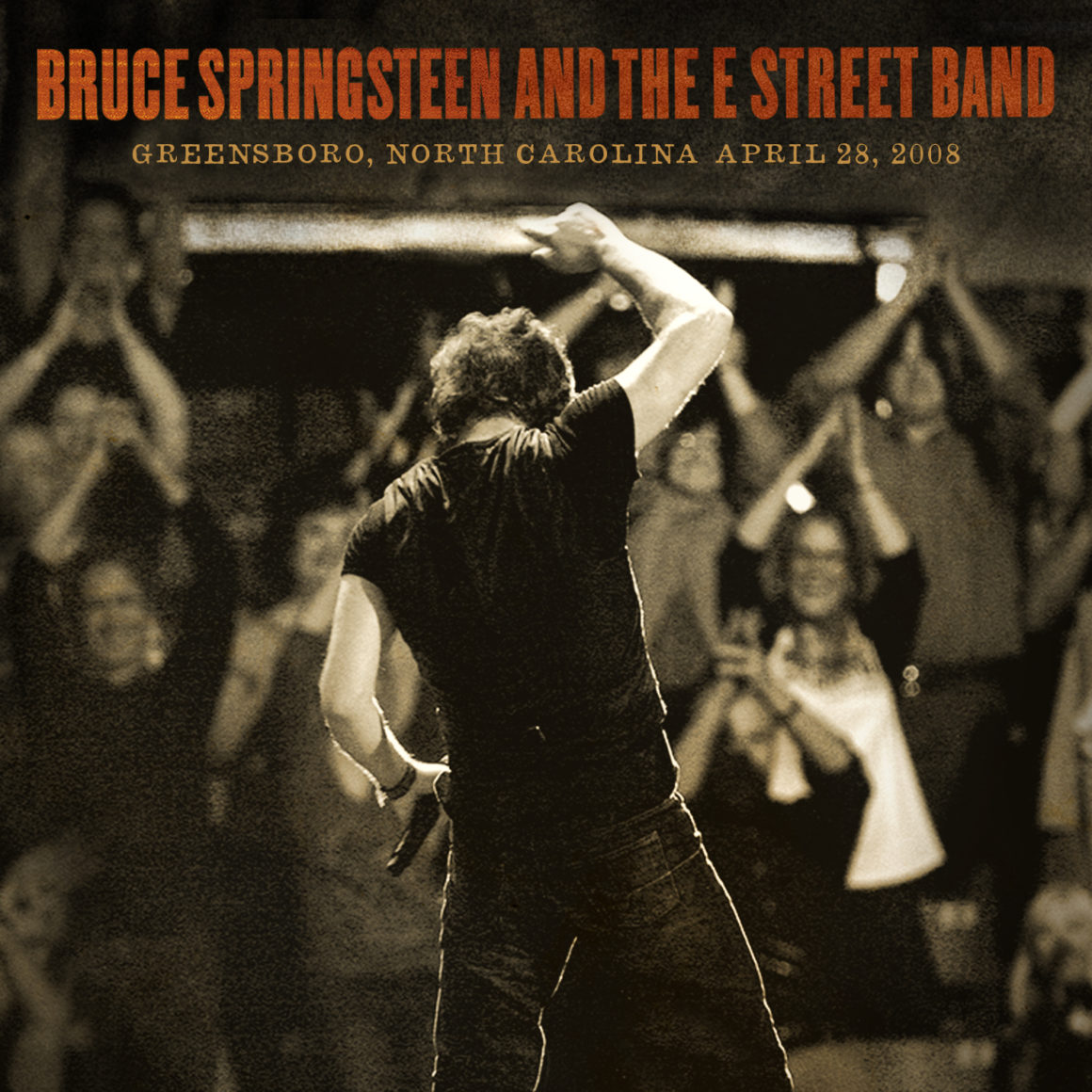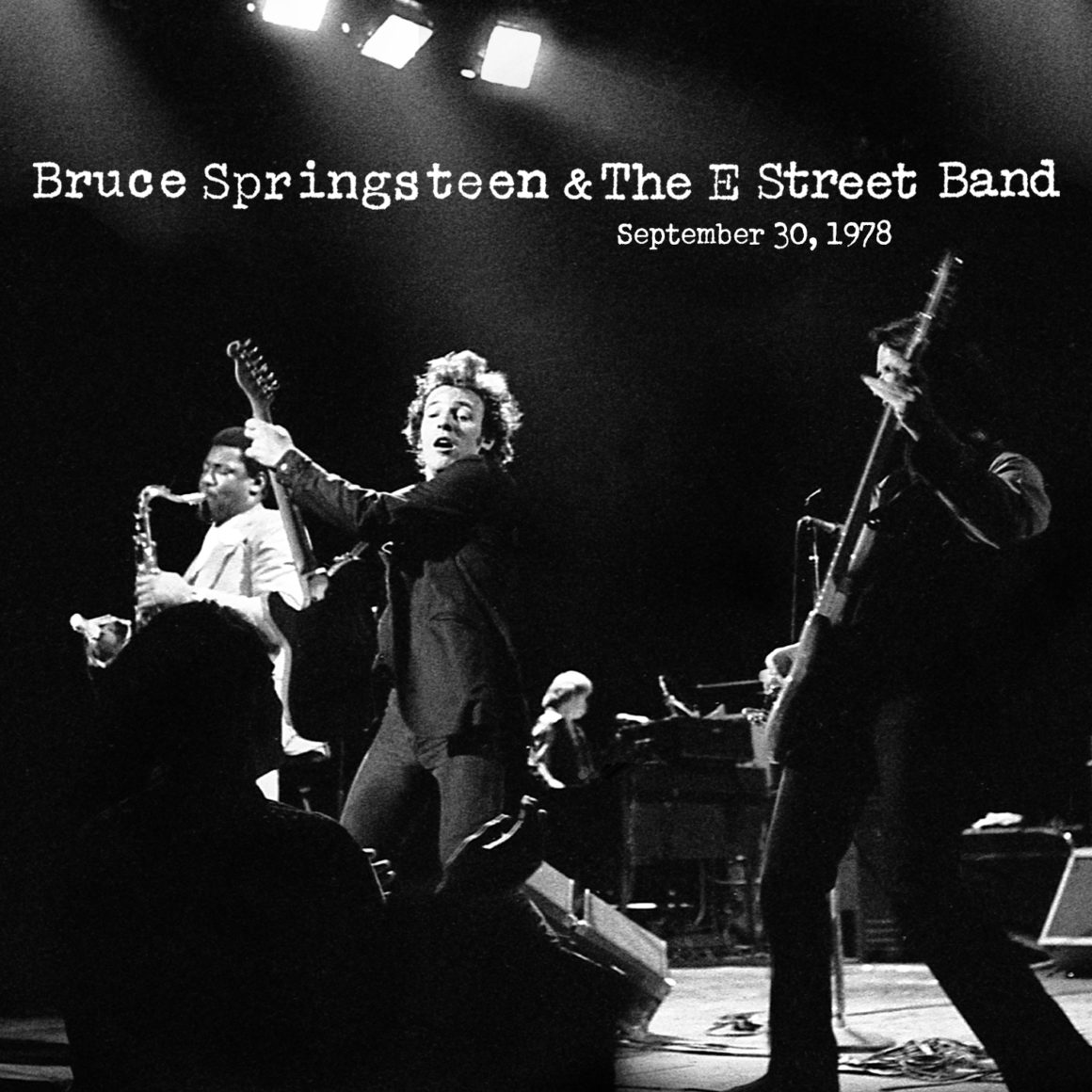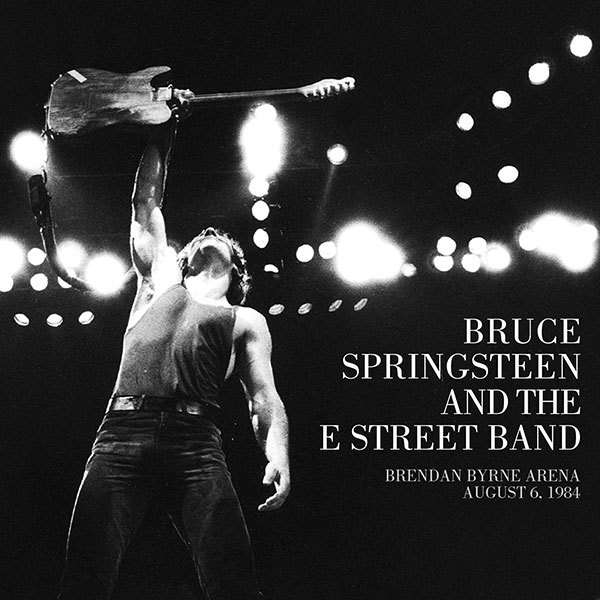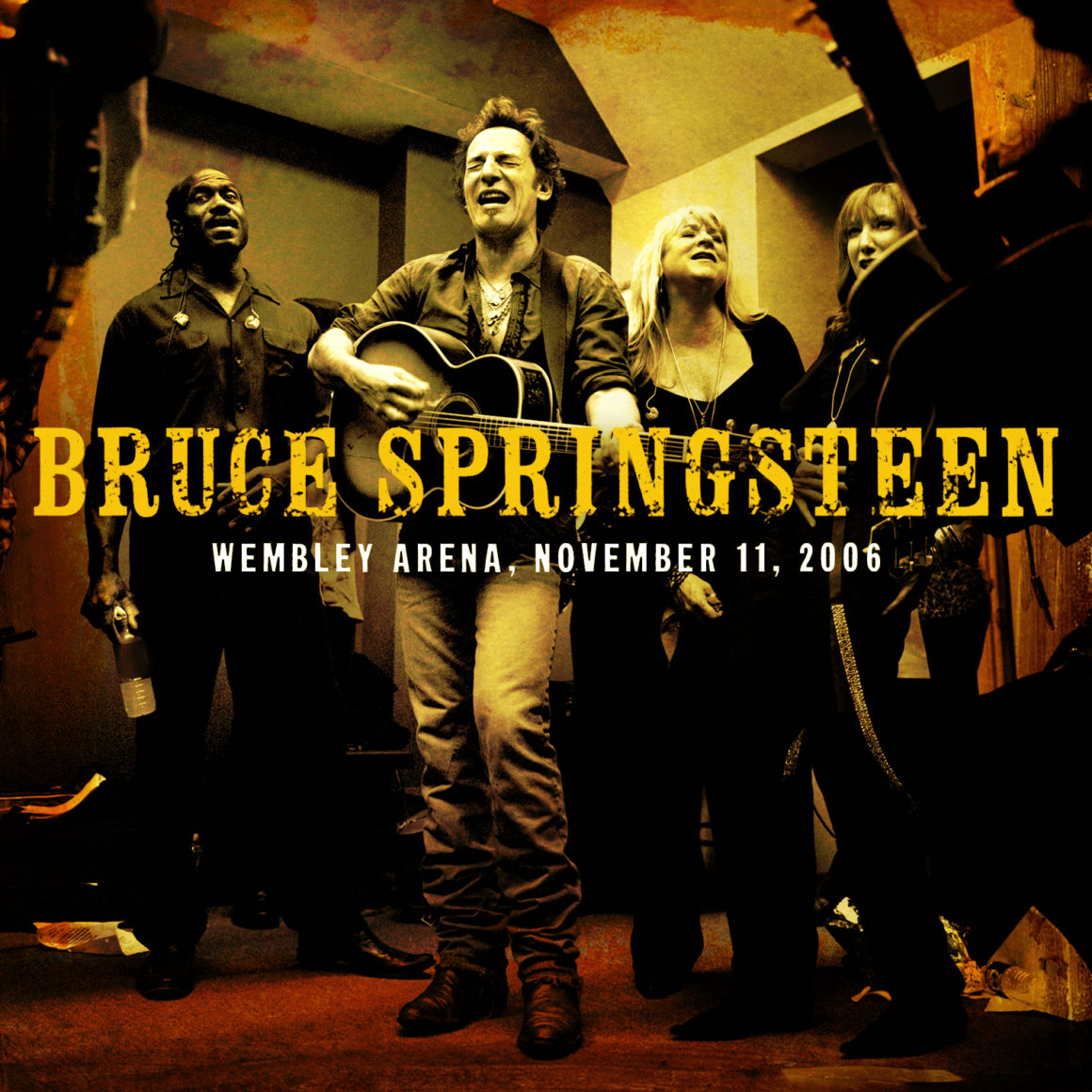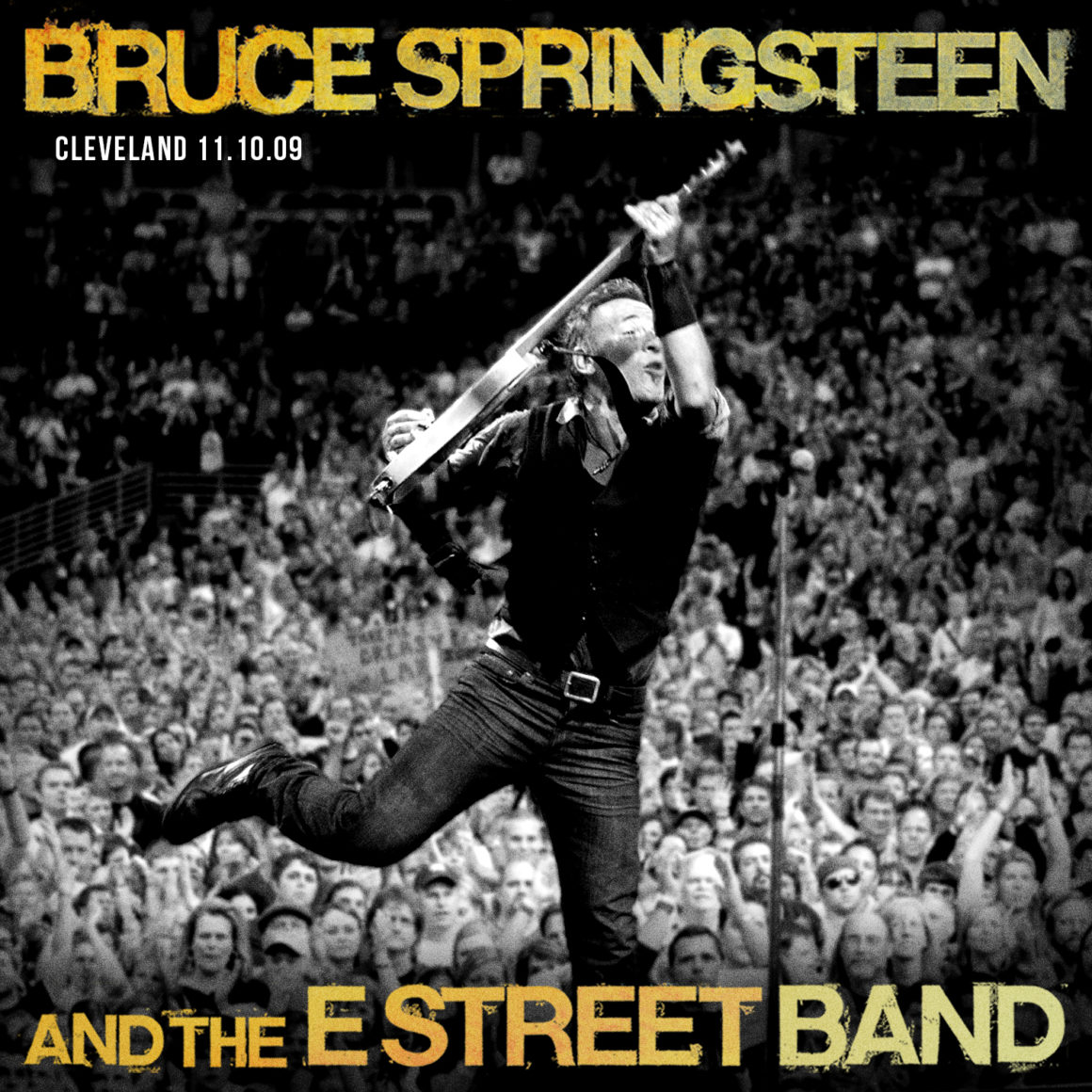
Bruce Springsteen and the E Street Band
Quicken Loans Arena, Cleveland, OH, November 10, 2009
By Erik Flannigan
The start-to-finish performance of an album in concert, despite having so much in common with the music format so many of us were weaned on, is a far different animal than a listening session with the LP or CD itself.
Great concerts thrive on internal mechanics, intentional peaks and valleys that, when done well, take the audience on a journey. Bruce Springsteen famously crafts that journey through setlist choices, dialing in the dynamics that make his concerts so electrifying, while also creating a narrative arc—more pronounced on some tours than others, but always present in some form—from the opening song to the encore closer.
Playing an album like Born to Run from start to finish inside a concert runs the risk of disrupting that journey. For many Springsteen aficionados, some of his most famous songs, “Thunder Road” and “Born to Run” in particular, have become more associated with their historic places in the set than their slots in the album sequence.
Perhaps that’s precisely what makes hearing Born to Run performed front to back in Cleveland so interesting. Relieved of now-familiar in-concert roles and restored to their original context, the songs of Born to Run shift tone. Their storytelling qualities rise as their anthemic, crowd-pleasing function is stripped. It would go too far to say it’s like hearing the music anew, but a chance for reappreciation? Absolutely.
Though recordings from 2014 have been available, Cleveland 11/10/09 brings the album performance of Born to Run to the Live Archive series for the first time—in the context of the Working on a Dream tour, when he began this particular trick. Springsteen opens the show in a familiar fashion for this part of the 2009 tour, with the defiant statement of “Wrecking Ball,” followed by an edgy “Prove It All Night.” The latter is marked by two fine guitar solos, lively Max Weinberg drum fills, and an emphatic vocal turn from Stevie Van Zandt that buoys Springsteen’s own performance.
That dynamic duo slides into “Hungry Heart,” and the Cleveland boys (and girls) are well prepared to sing verse one with gusto. That word also suits “Working on a Dream,” which Bruce and the band play with full conviction. (Does anyone else think of the Beach Boys’ earworm “Kokomo” when they hear “Working on a Dream”?) Jon Altschiller unpacks each player in the mix, letting otherwise background parts like Clarence Clemons’ rich baritone sax shine through.
Then the eight-song show-within-a-show arrives. ”[We wanted to do] “something special…for the fans towards this last stretch [of the tour],” says Bruce, “so we’ve been playing some of our albums.” He goes on to explain that after failing to break through commercially with his first two LPs, and sensing he had but one more swing at the plate in 1975, “this was the album where we started a lifelong conversation with most of you.”
WIth that, “Thunder Road” and our story begins. It’s been theorized that Born to Run was originally meant to depict a single day from bright morning to the dark of night, and elements of that come through in this setting. “Thunder Road” in Cleveland is on the sprightly side, feeling more like a beginning than a culmination as it is so often in concert.
High spirits and comradery ensue via “Tenth Avenue Freeze-out,” which remains a celebration of the band itself. Curt Ramm was a returning special guest for this portion of the tour (presaging the full horn section to come in 2012), and his trumpet adds extra juice to the song’s indelible horn hook. “Night” arrives, and we’re moving quickly through side one, with The Big Man leading the way in a fine rendition. Kudos to Charlie Giordano, too, who wraps sinewy organ and chiming glockenspiel around the band’s wall of sound.
The aforementioned shift from peak to valley hits with “Backstreets.” Van Zandt teases out lovely licks in the intro, and a sublime version follows. It may not be realistic for Bruce, at 60 years old, to tap the emotions of his mid-20s self, but his vocals in Cleveland carry gravitas. The mid-song interlude that was once filled by “Sad Eyes” finds Bruce improvising vocally and reprising lines like “you’re an angel on my chest” to beautiful, meditative effect.
Release comes with “Born to Run,” which delivers hope and elation, however fleeting, to the narrative. Hearing the song come an otherwise odd ninth in the show doesn’t feel as disorienting as it would outside of the album context. As much of an anthem as “Born to Run” has become, standing on its own, it holds a vital place among these eight songs.
For whatever reason, “She’s the One” feels ever so slightly lost, but focus is restored with the pairing of “Meeting Across the River” and “Jungleland.” The album’s least-played track, “Meeting” never established a place in Springsteen’s live shows, having been played only 70 or so times. Curt Ramm’s majestic trumpet is the focal point of the gorgeous performance. Listen for Bruce’s voice crack emotionally as he sings, “It’ll look like you’re carrying a friend.”
It’s a pleasure to hear “Meeting Across the River” playing its role as the narrative companion to “Jungleland,” and the album-closer takes the handoff and soars. Every member of E Street is locked in, none more so than The Big Man. He takes his famous solo with aplomb and steals this movie’s epic final scene. Curtain.
What follows after Born to Run, to the end of the night, is more WOAD tour excellence, highlighted by the welcome inclusions of the delightfully reworked “Red Headed Woman,” a trumpet-tinged “Pink Cadillac” (why isn’t this song performed more often?), and the coup de grâce, “Back in Your Arms.”
In the song’s rare live appearances, “Back in Your Arms” typically opens with Springsteen asking the audience who among them who has blown it, throwing away love they should have cherished. There’s little doubt he’s speaking from personal experience. In Cleveland, his preamble ends with a spoken-sung line that builds to eventually implore, “Please please please let me have one more chance to show the love I feel in my heart for you.” “Back in Your Arms” has been played only 23 times, so each performance of the song is a special treat, but this one just might be first among equals.
With love on his mind, lost or otherwise, Bruce adds “Can’t Help Falling in Love” to the Cleveland encore, then “(Your Love Keeps Lifting Me) Higher and Higher” and “Rosalita,” both featuring Ramm on trumpet, to end the journey as he always does: on just the right note. A great album and a great show, all wrapped up in one great night.
